
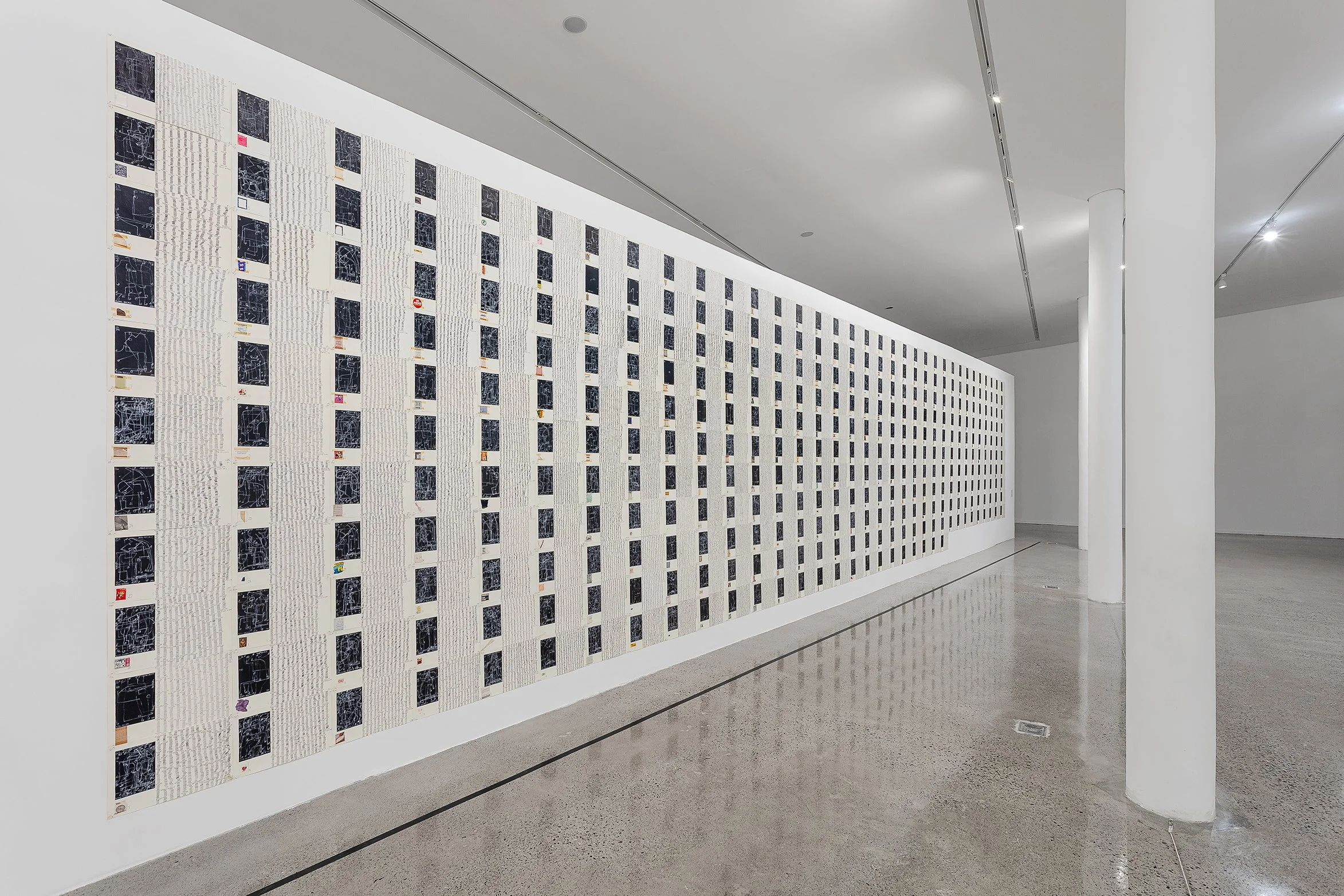
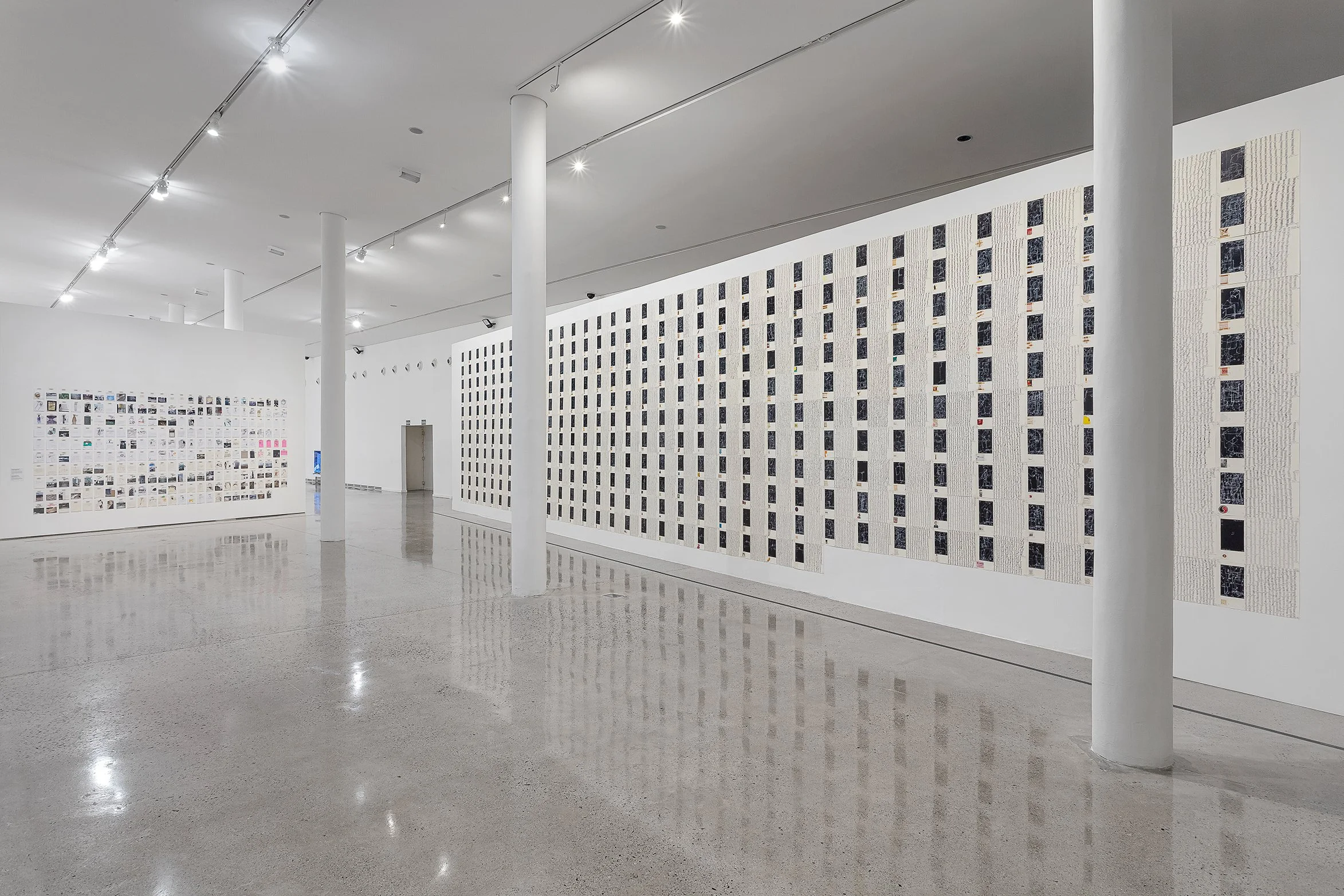
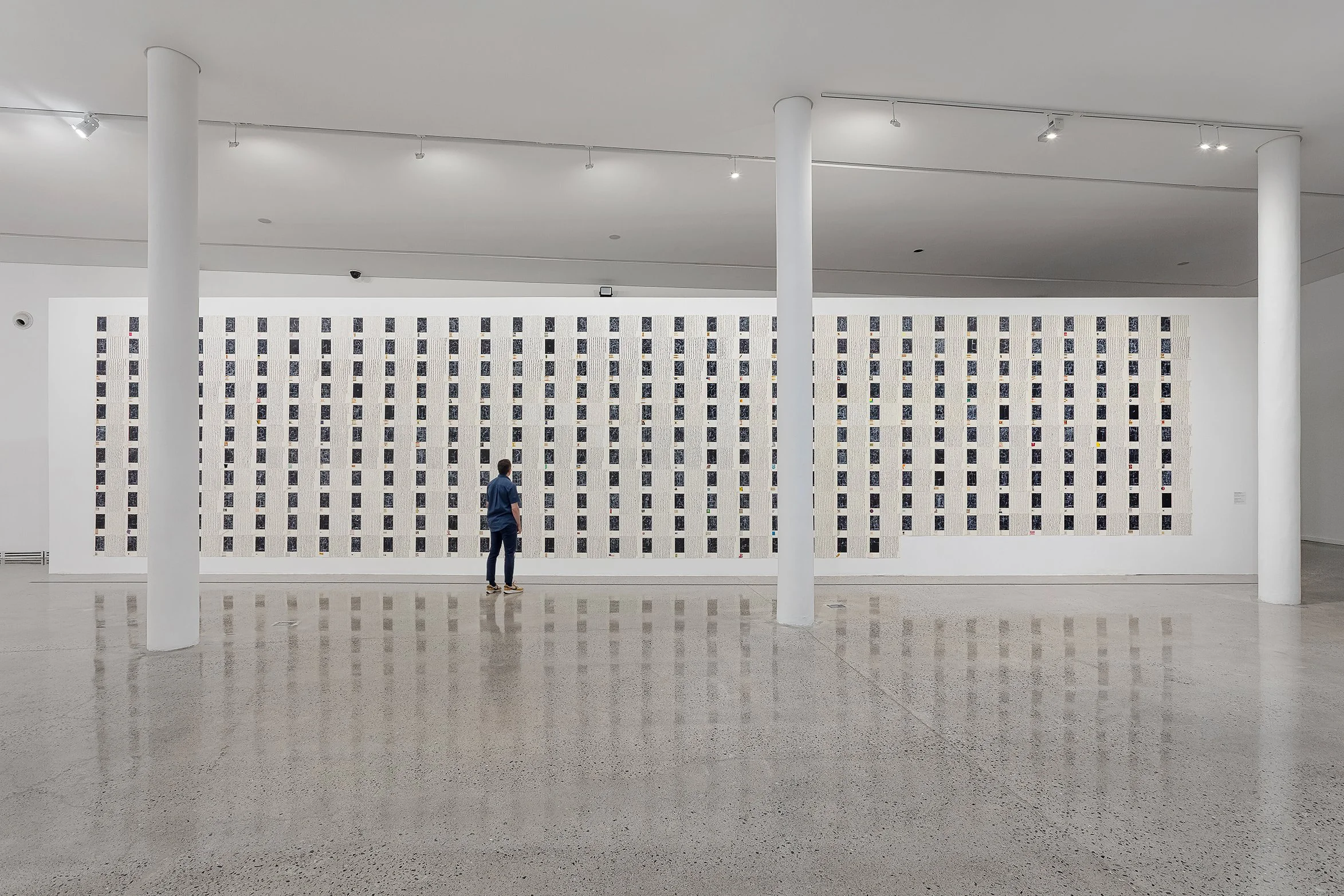
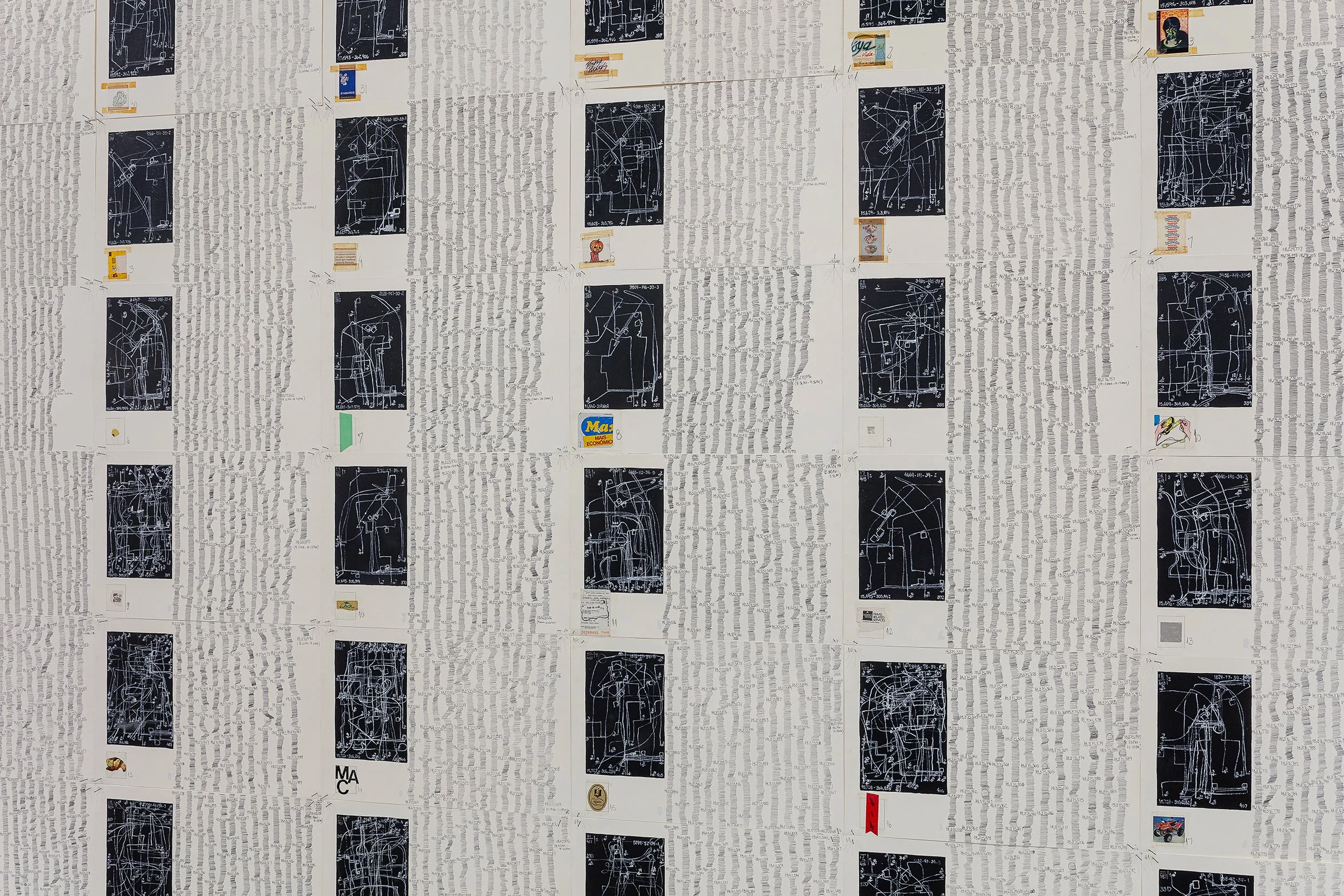
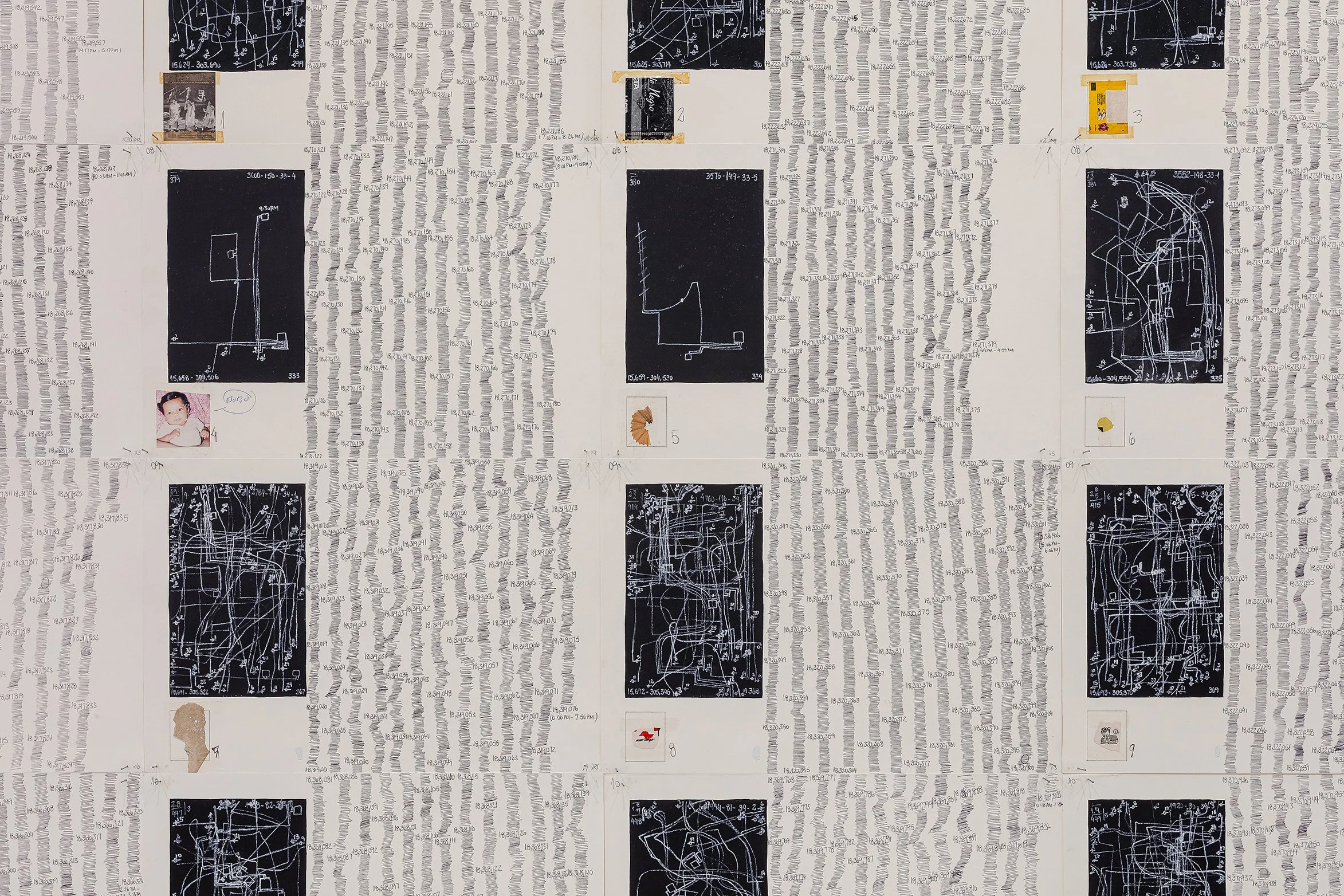
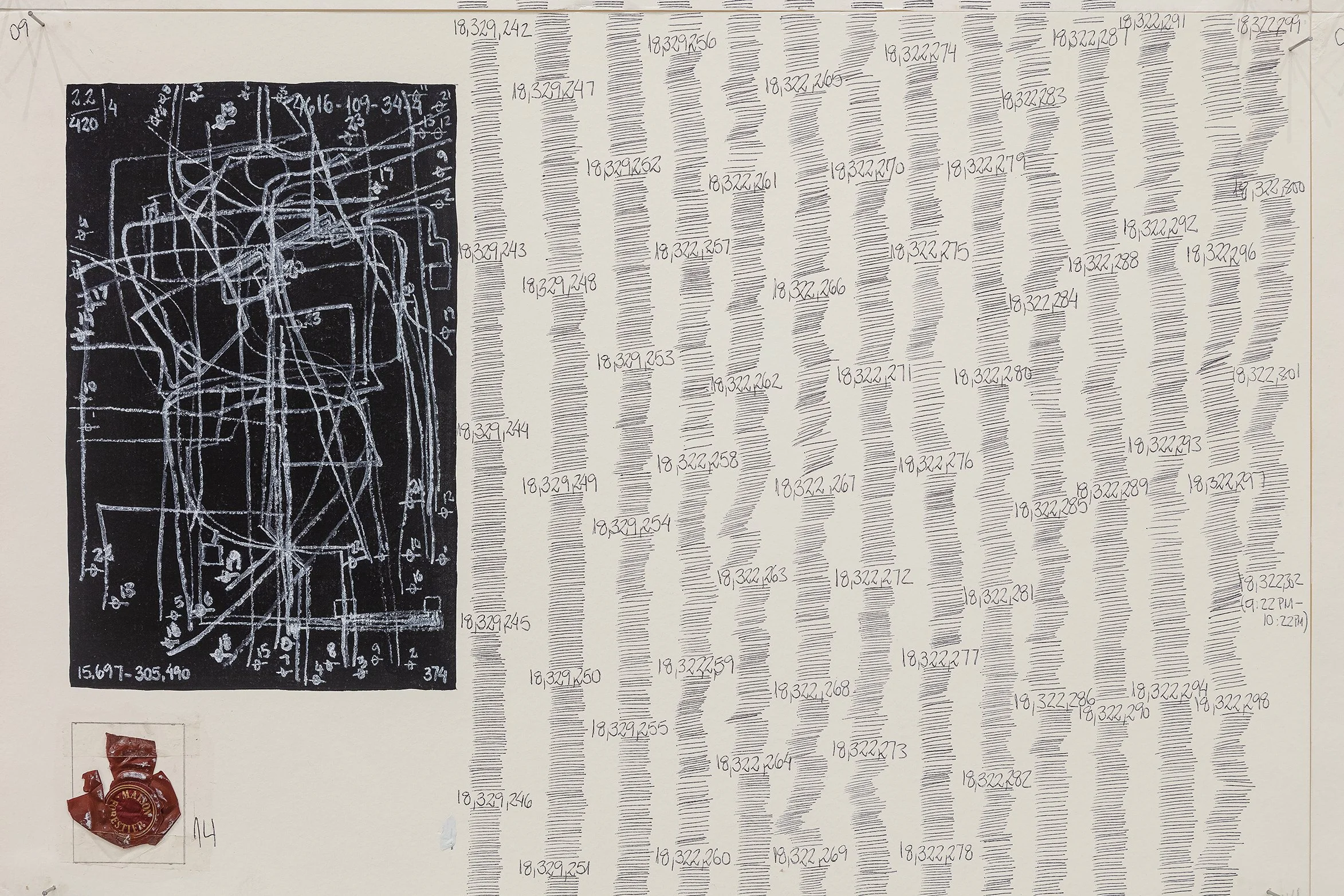
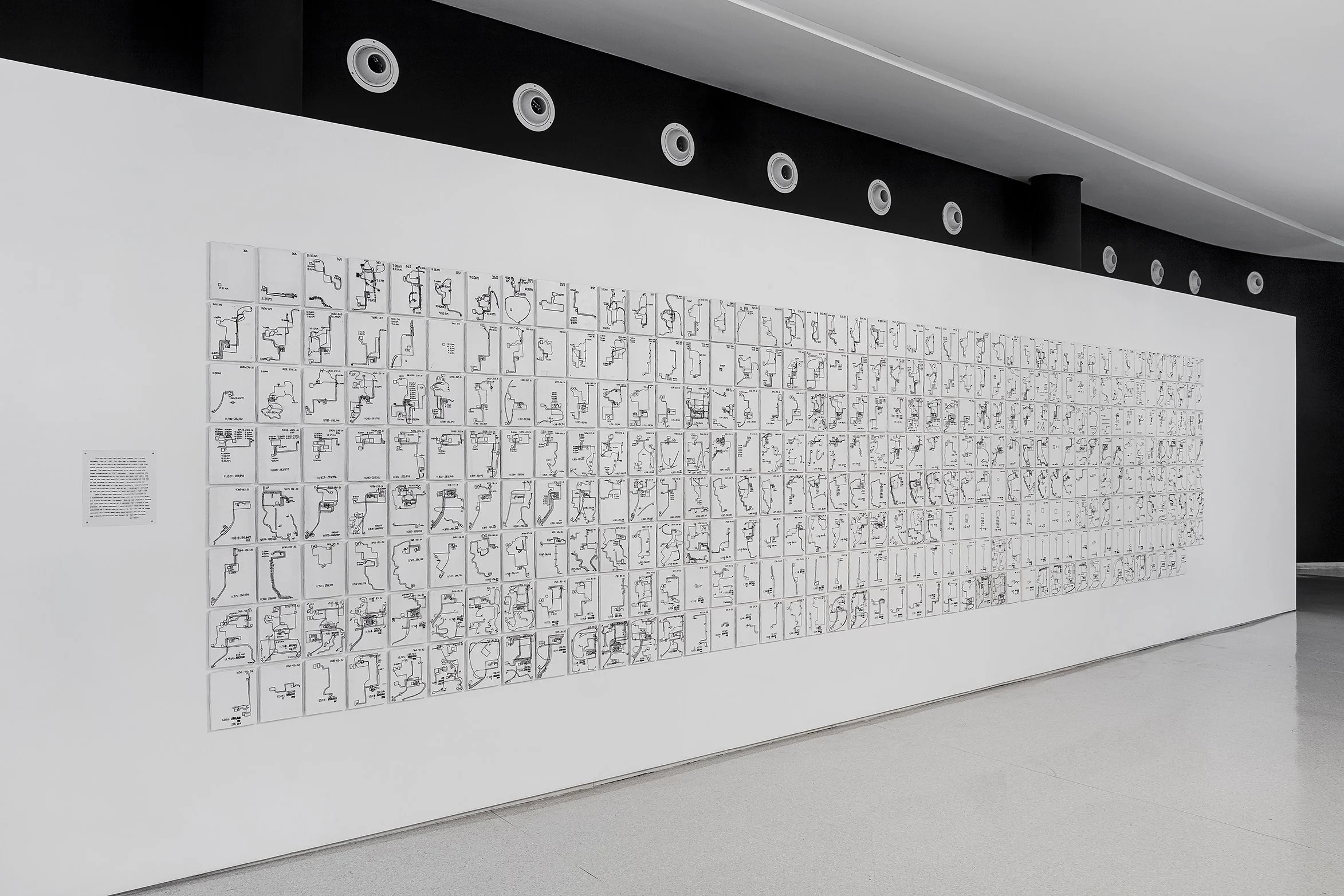
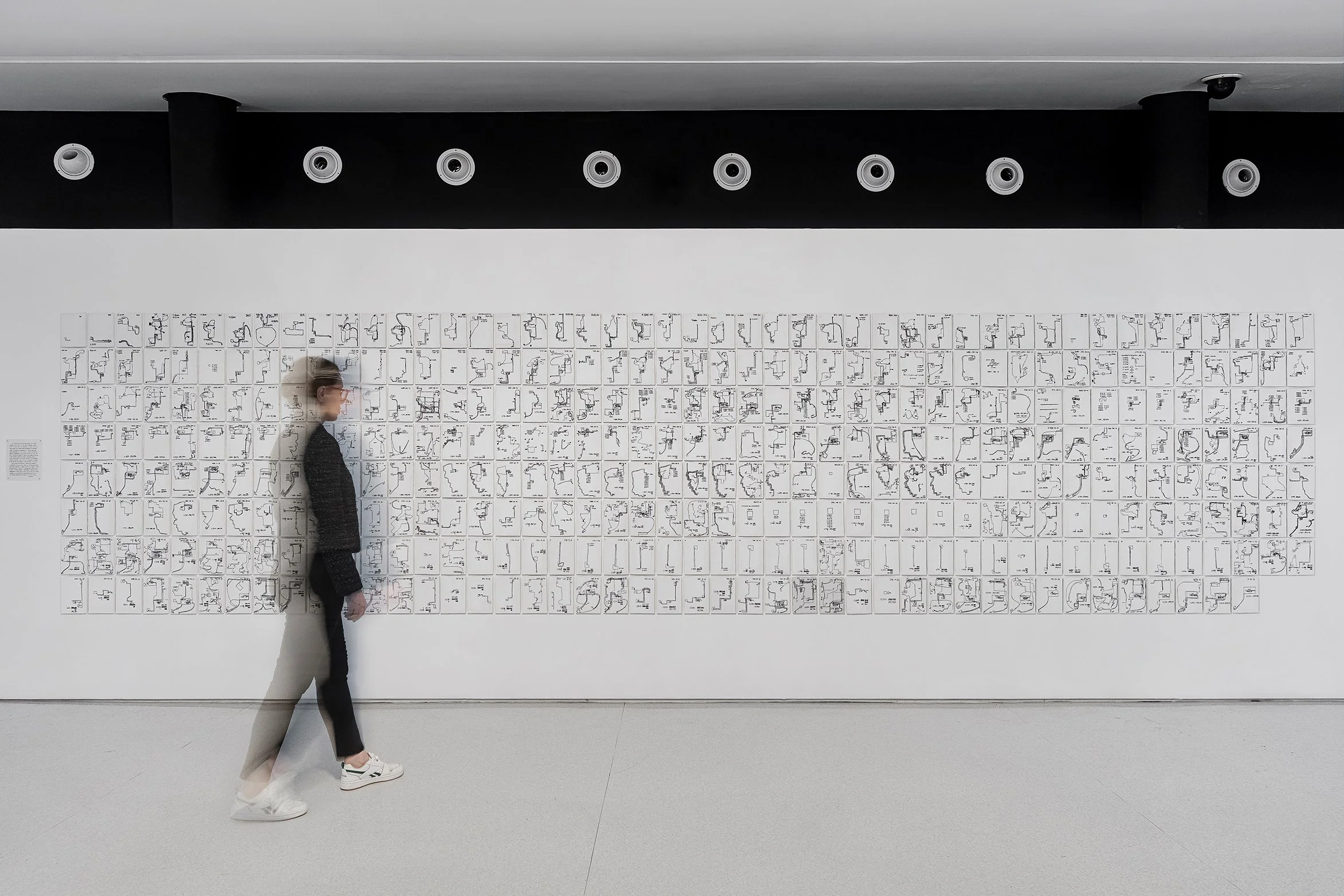
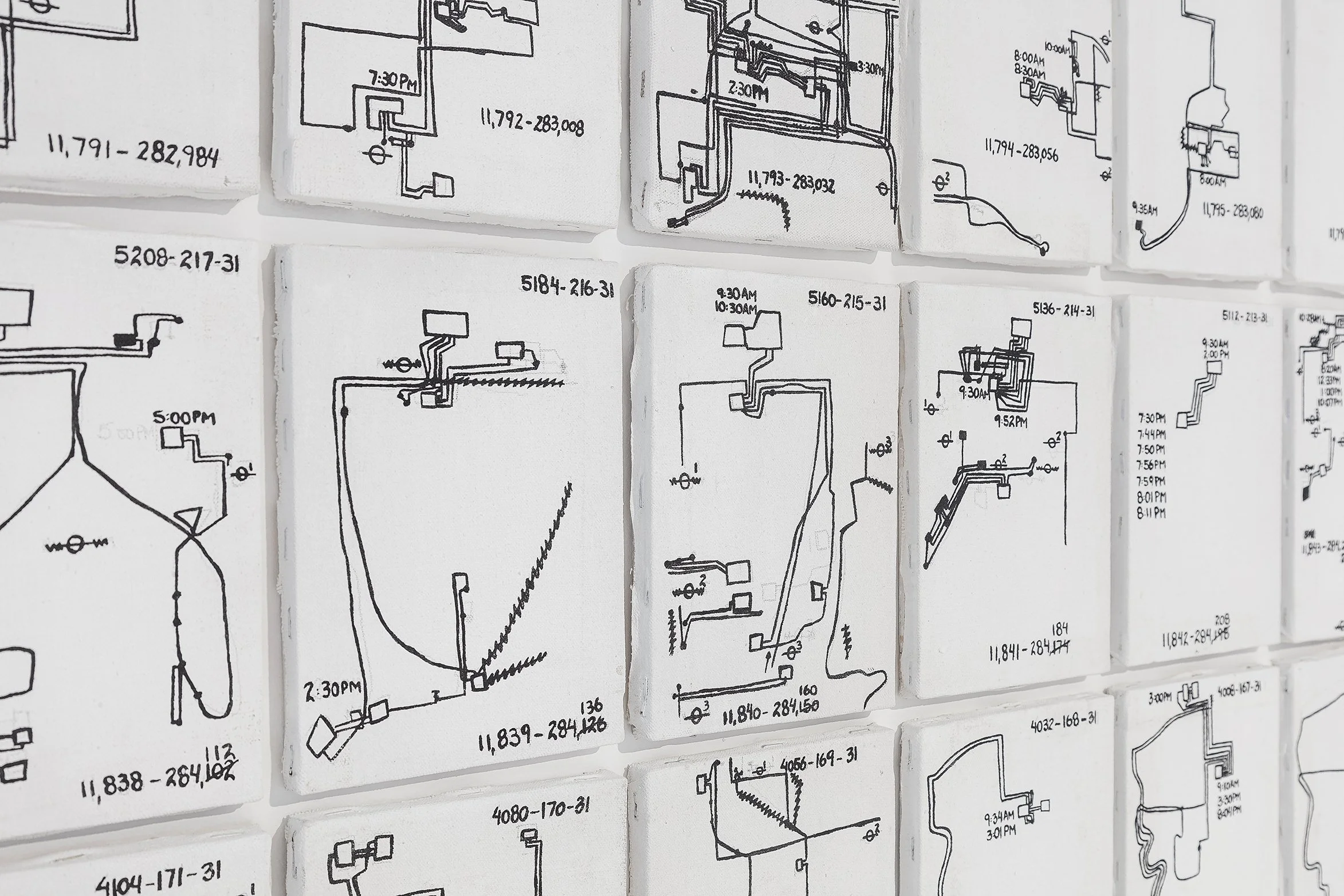
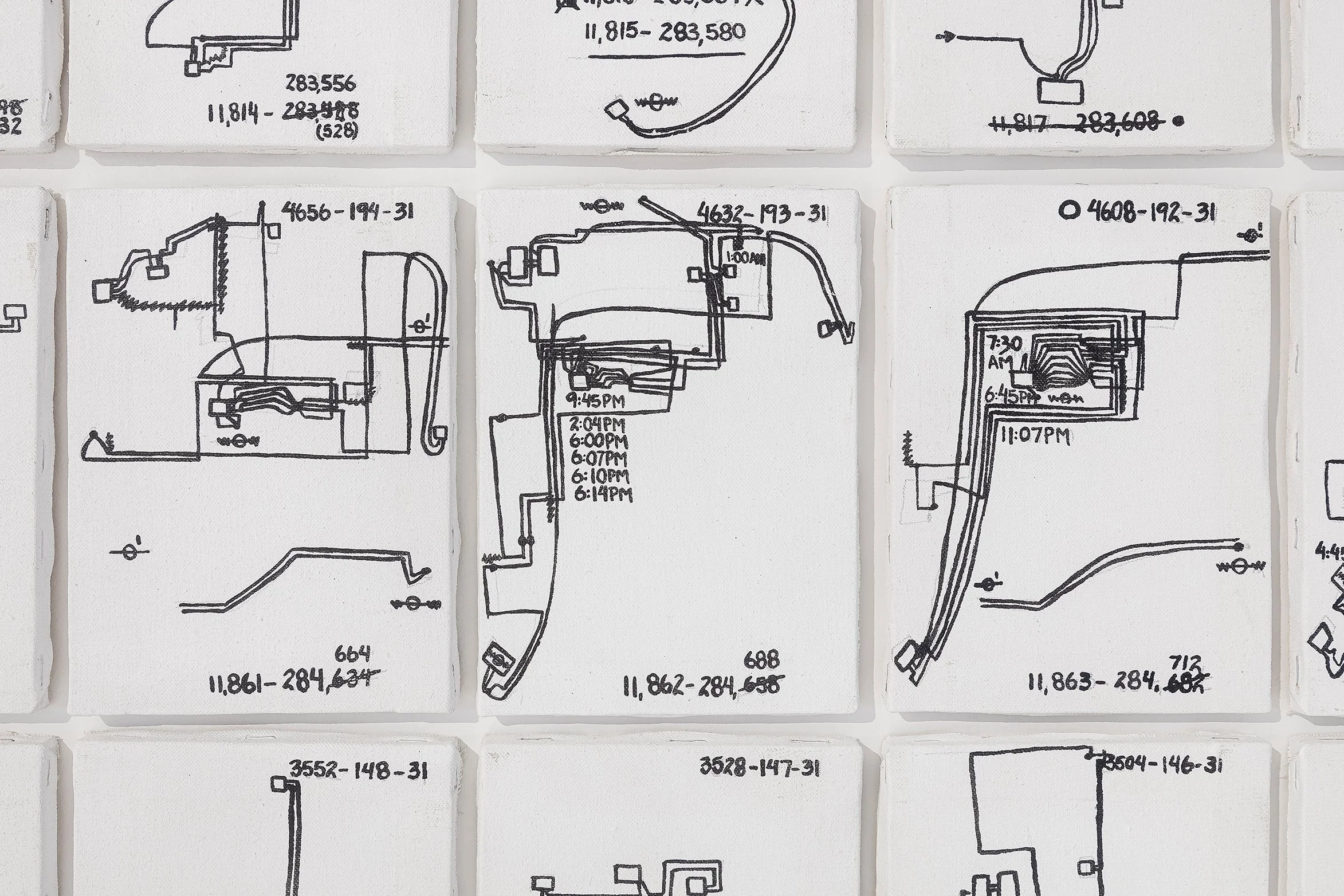
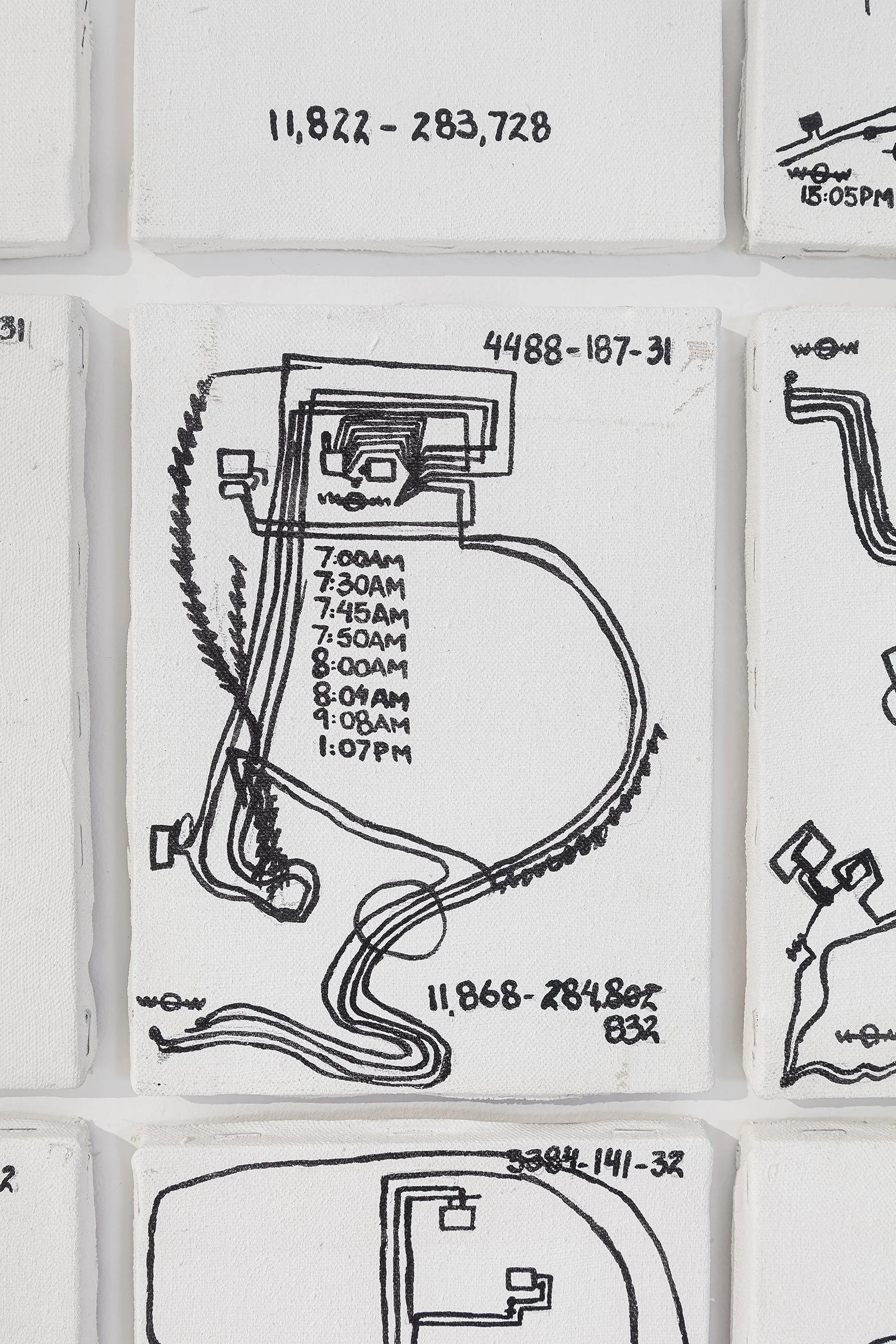
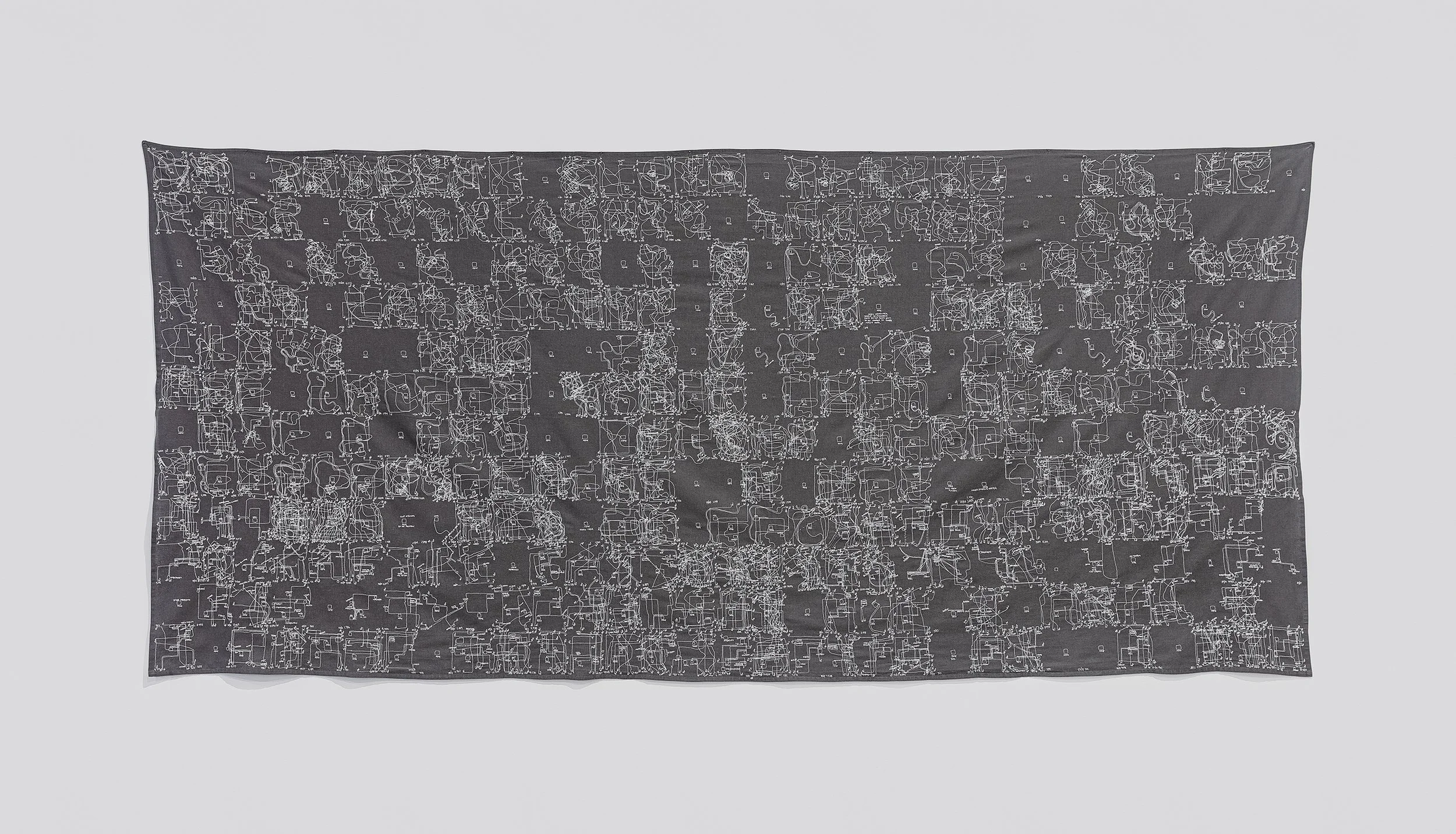
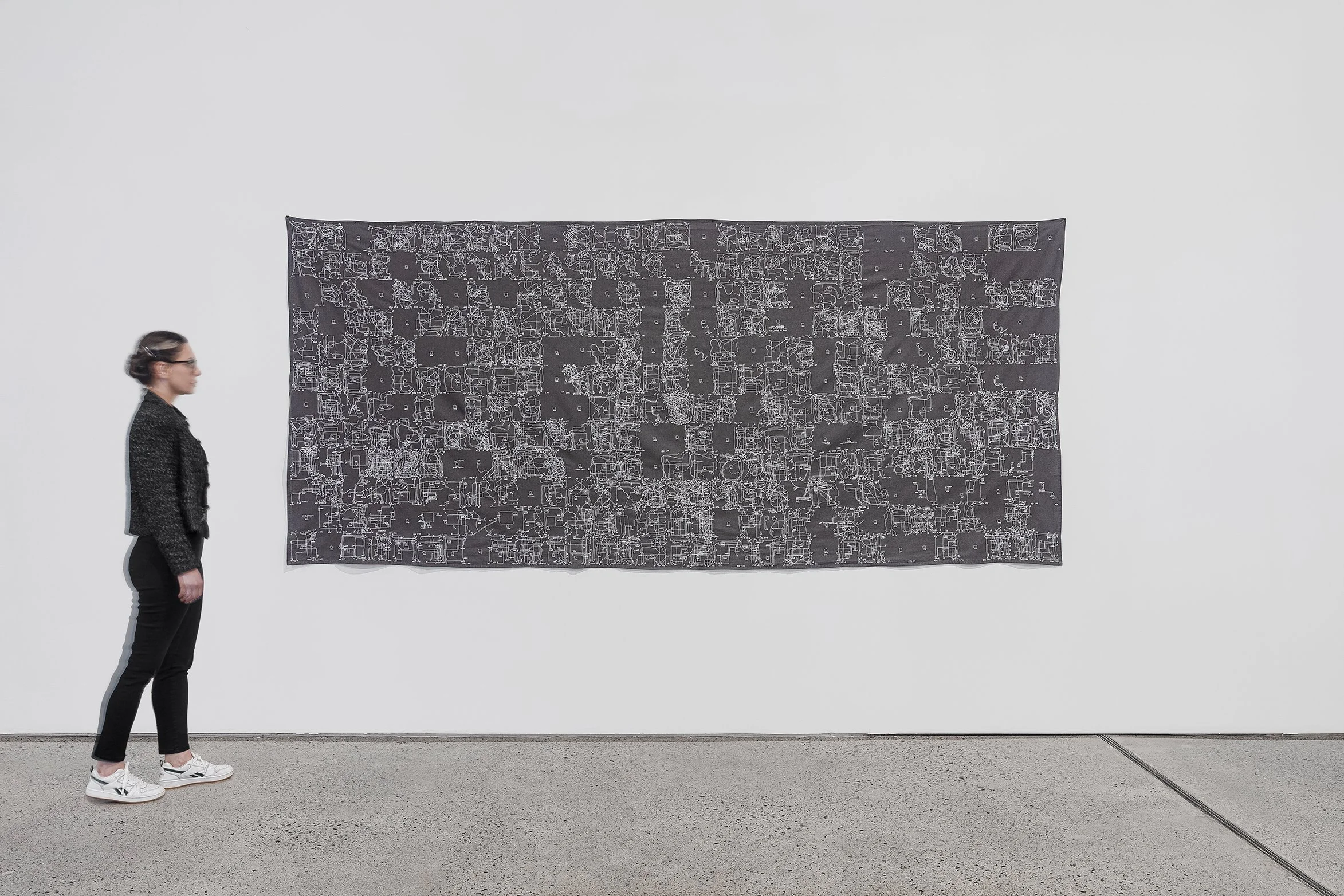
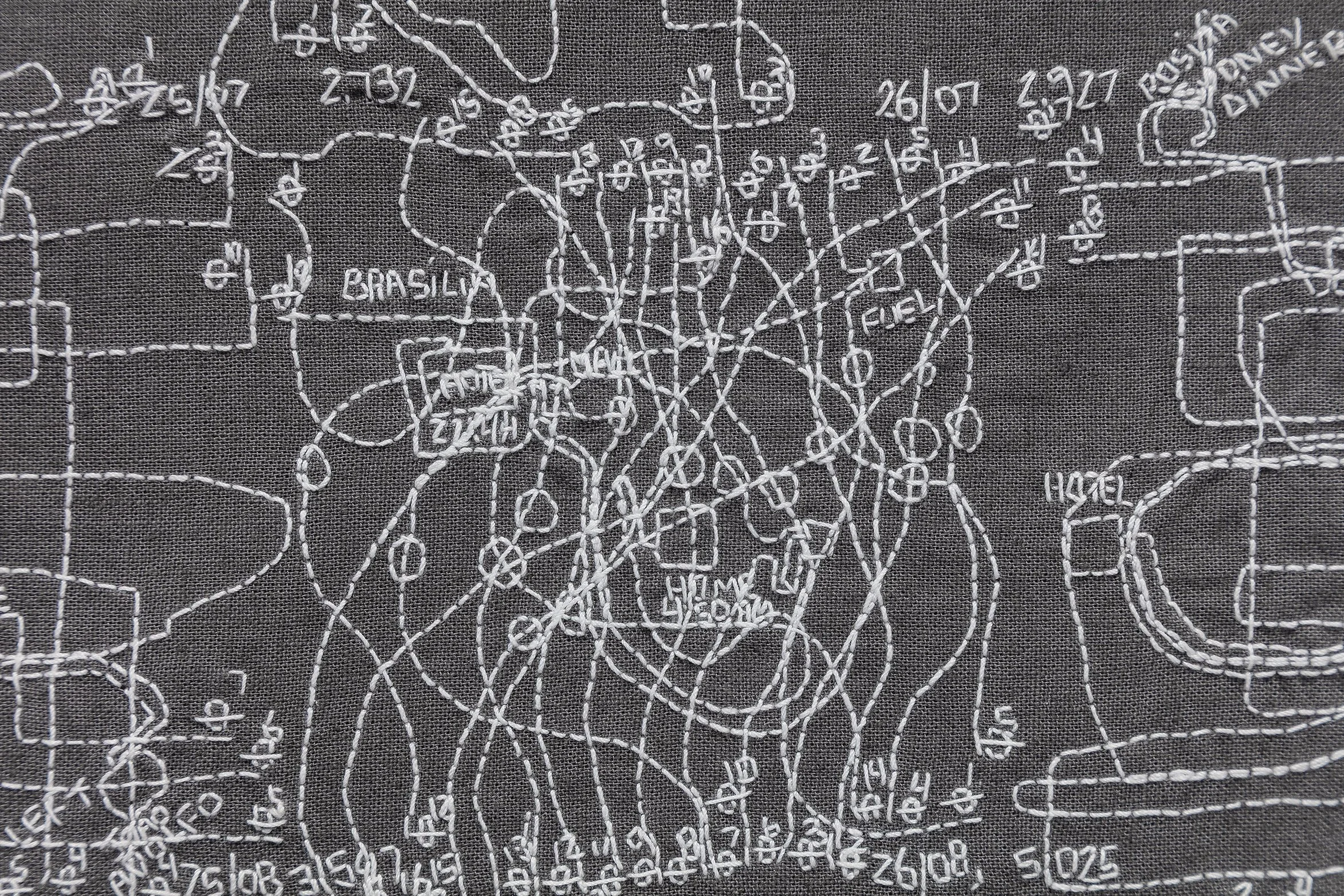
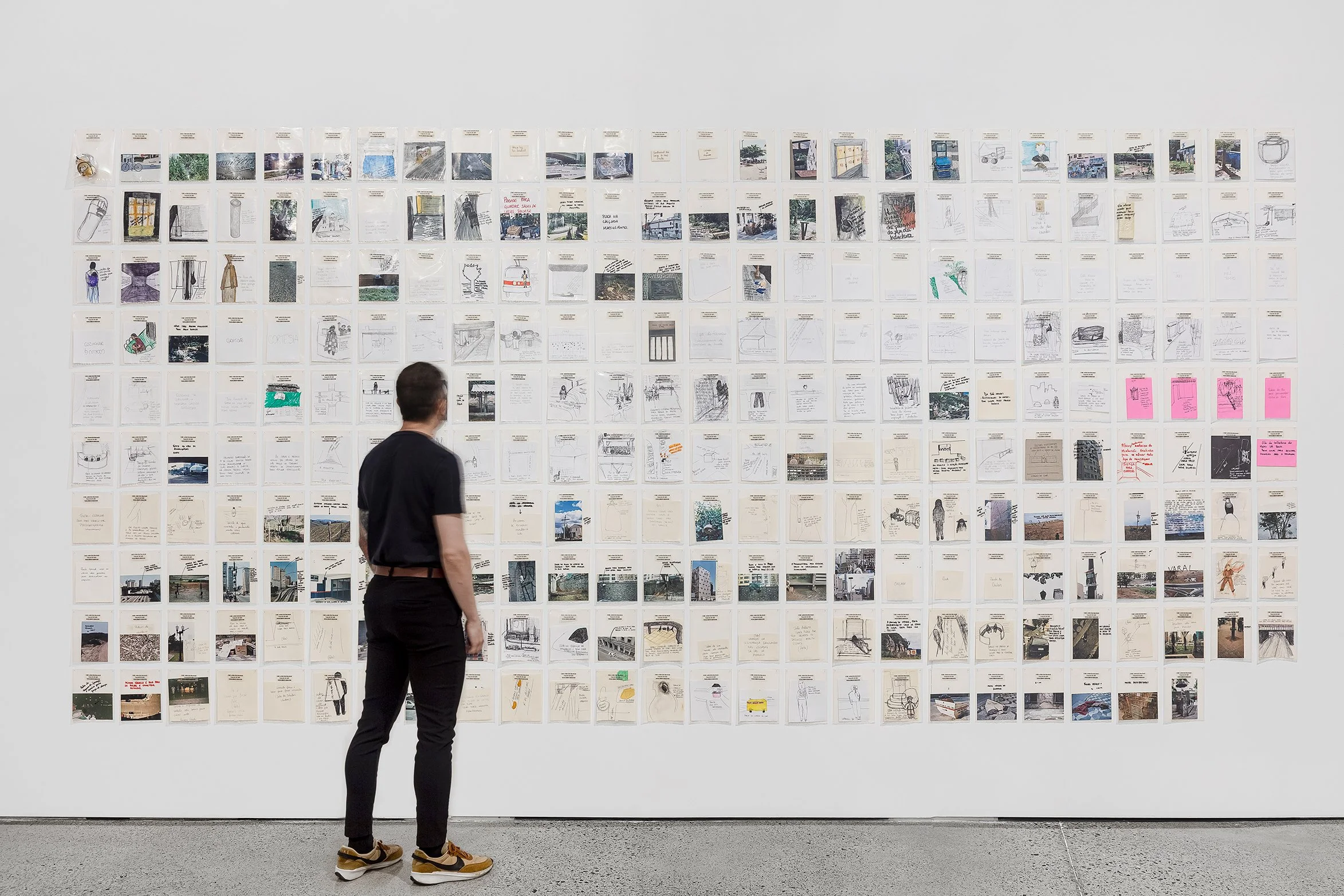
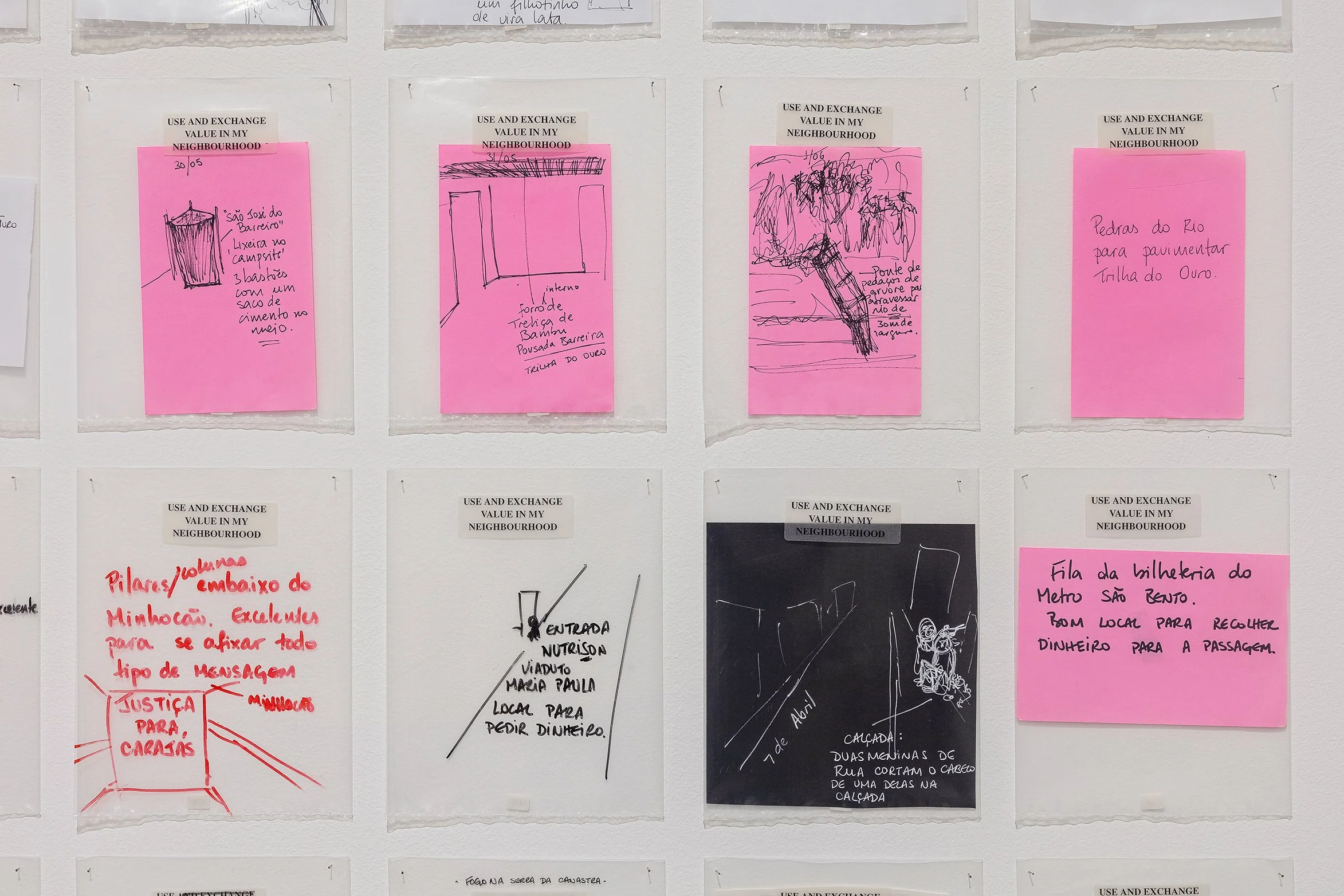
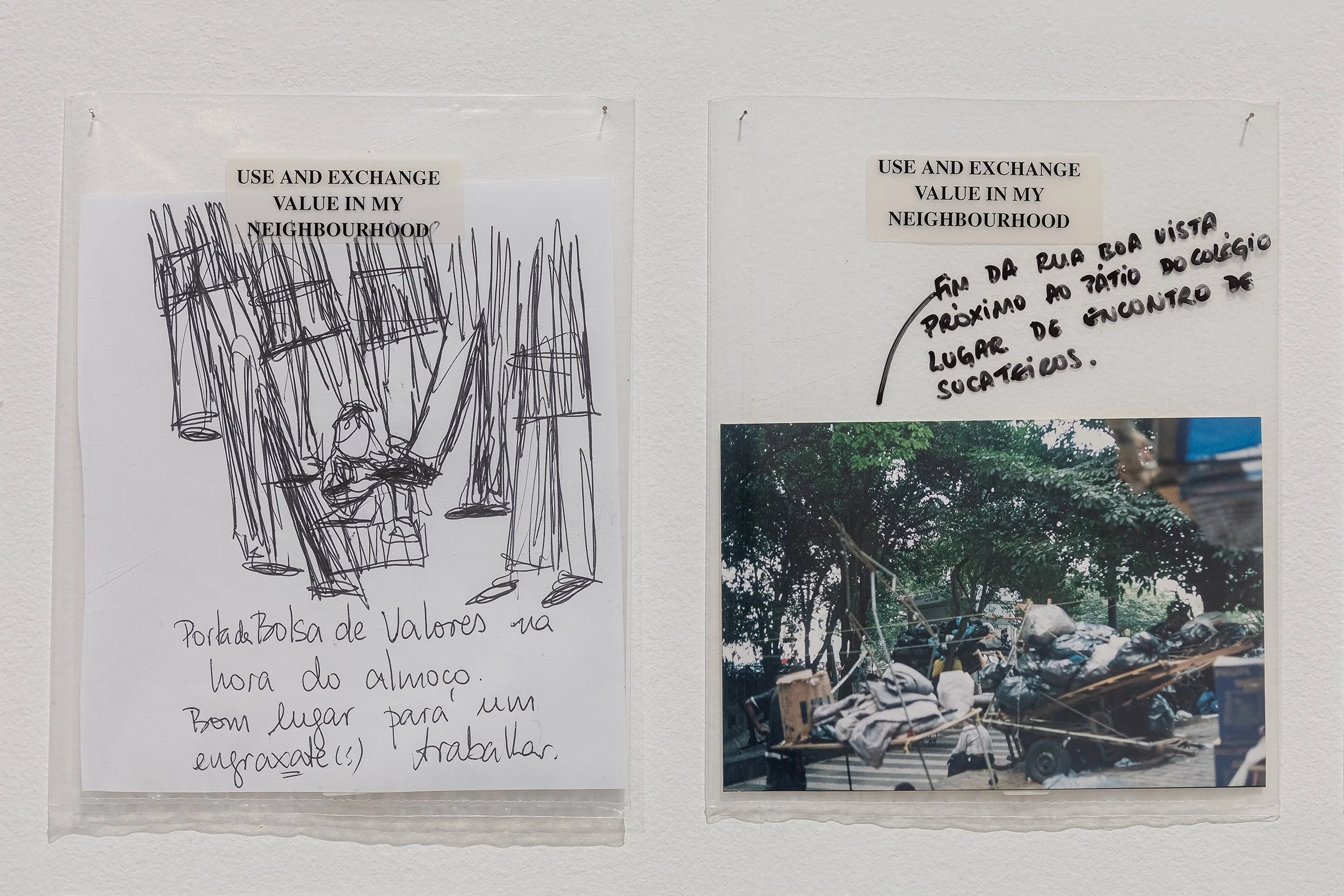
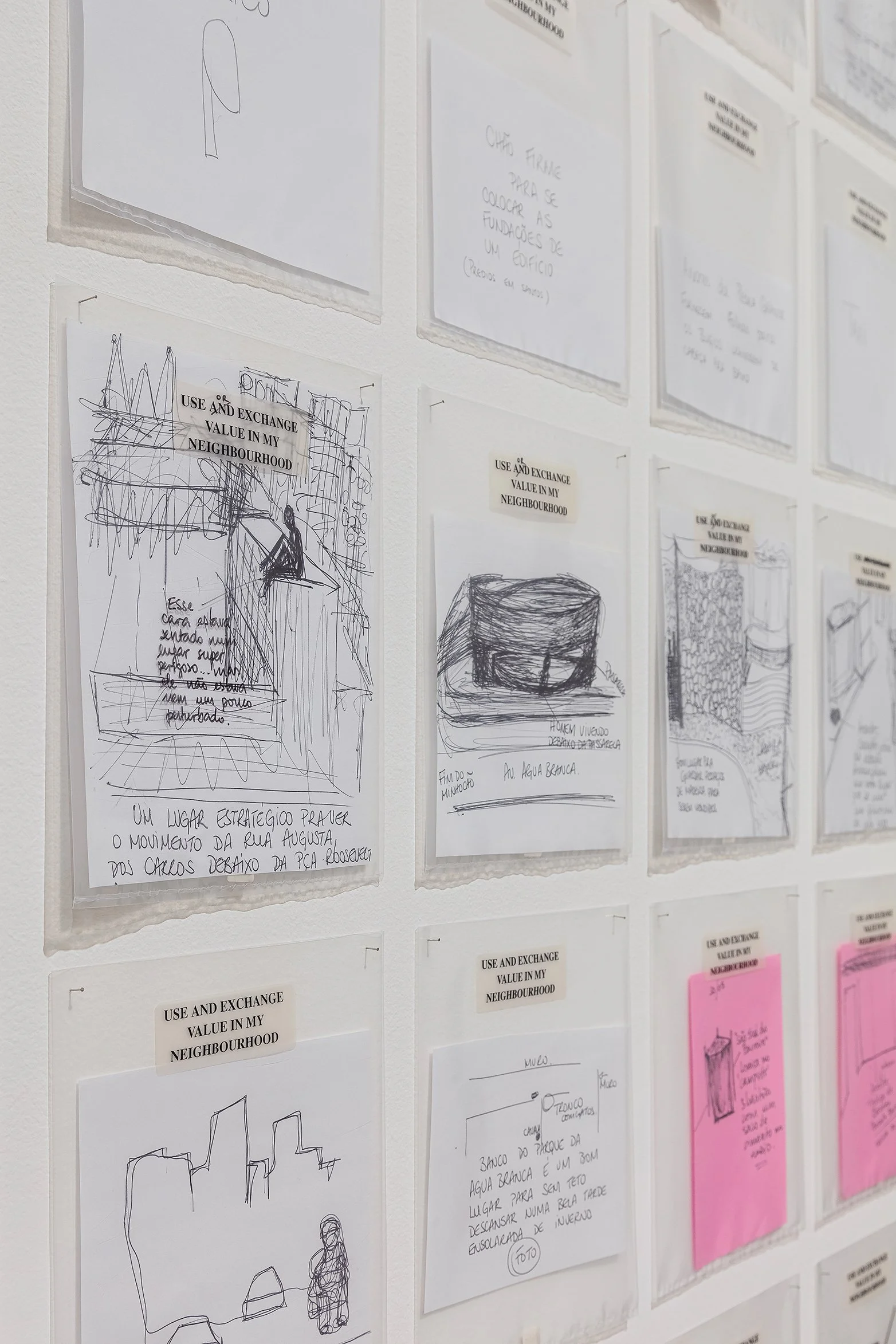
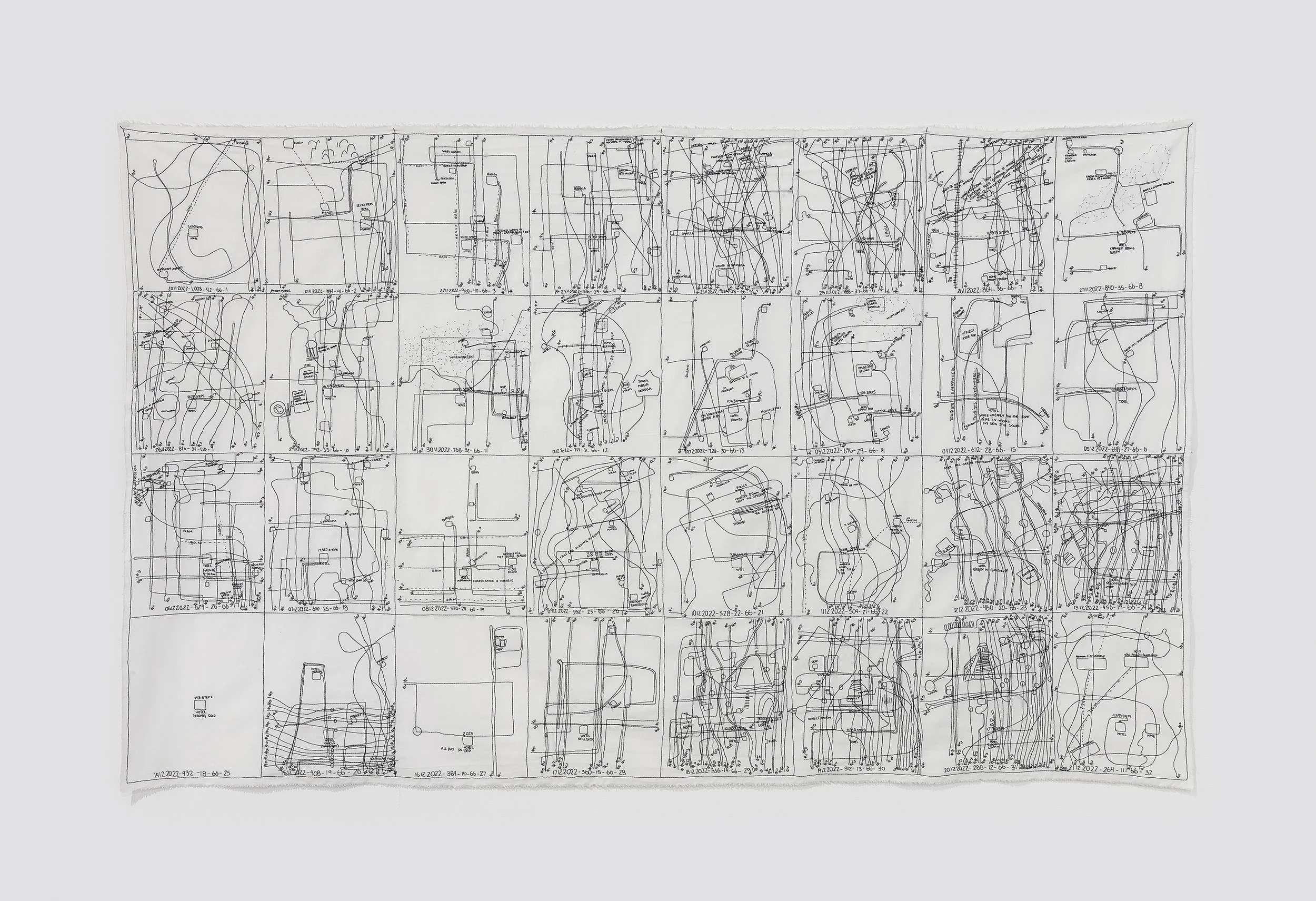
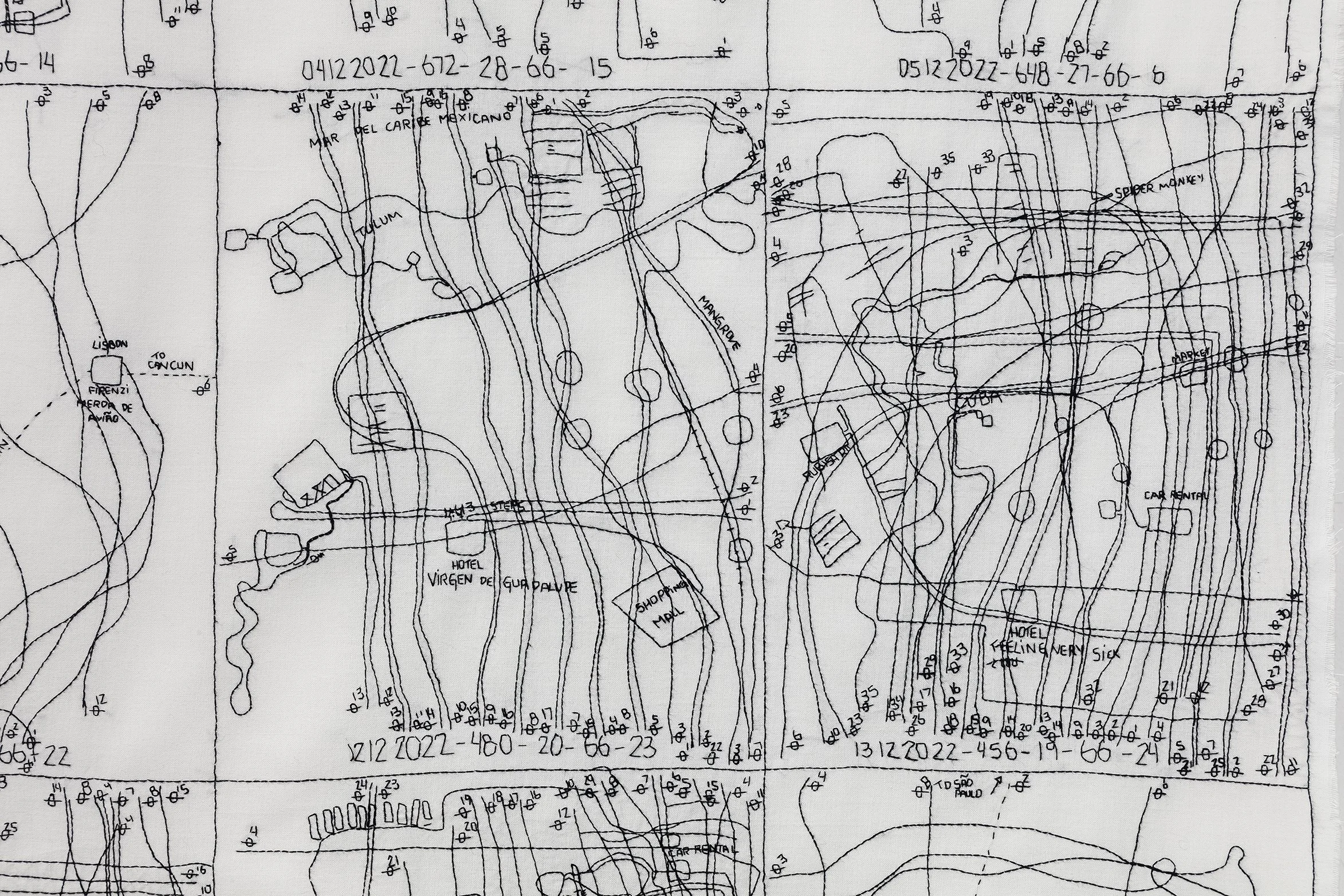
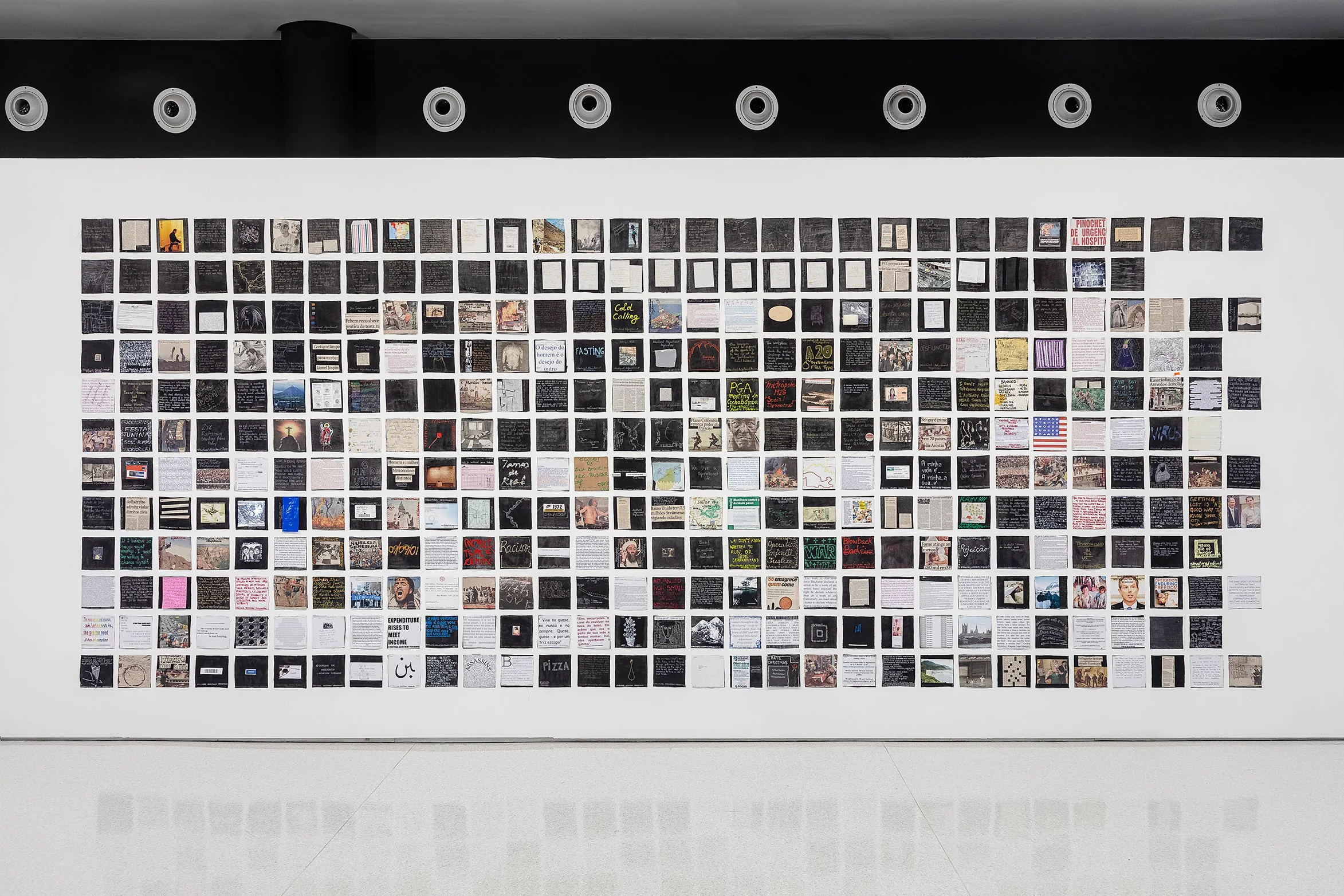
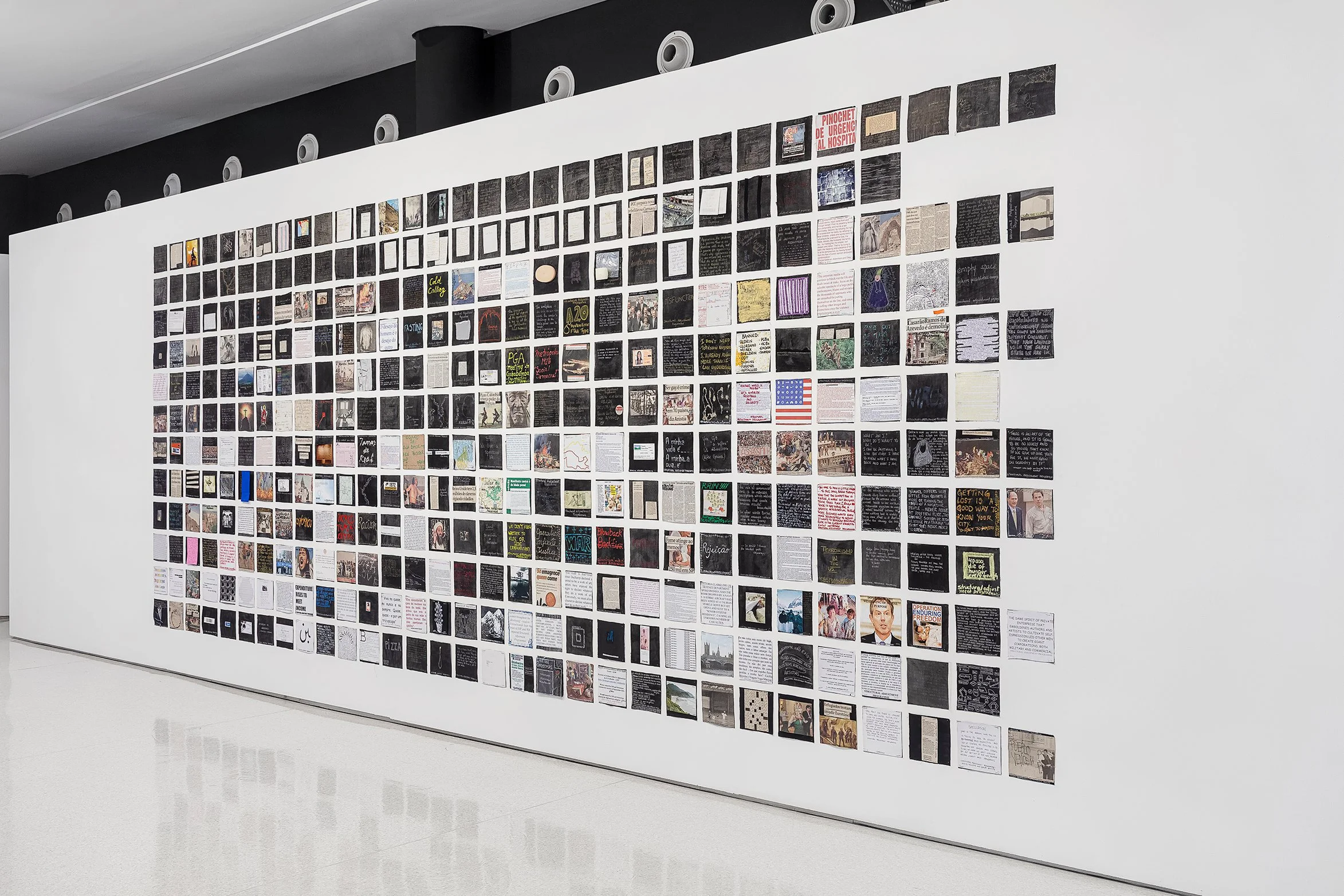
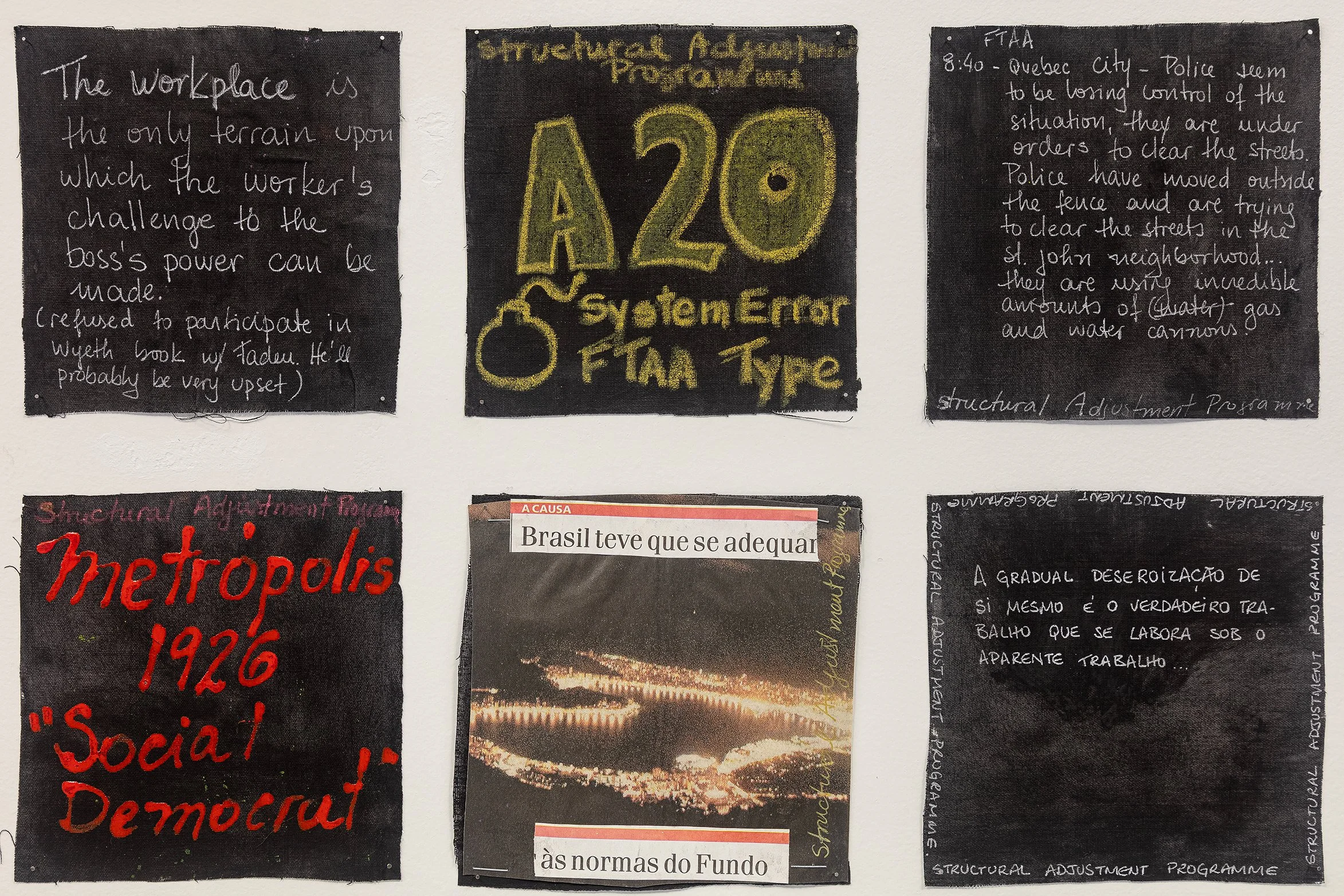
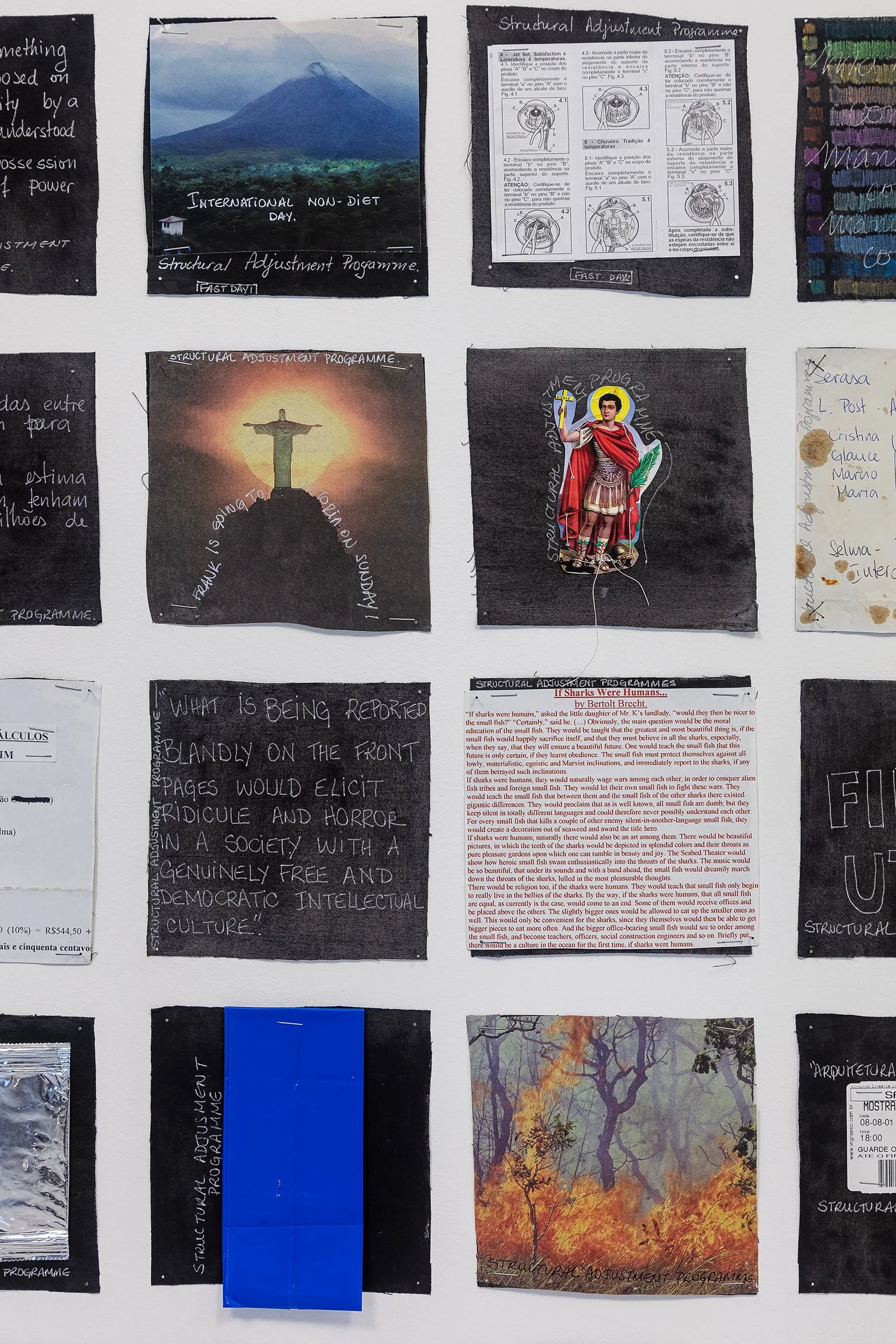
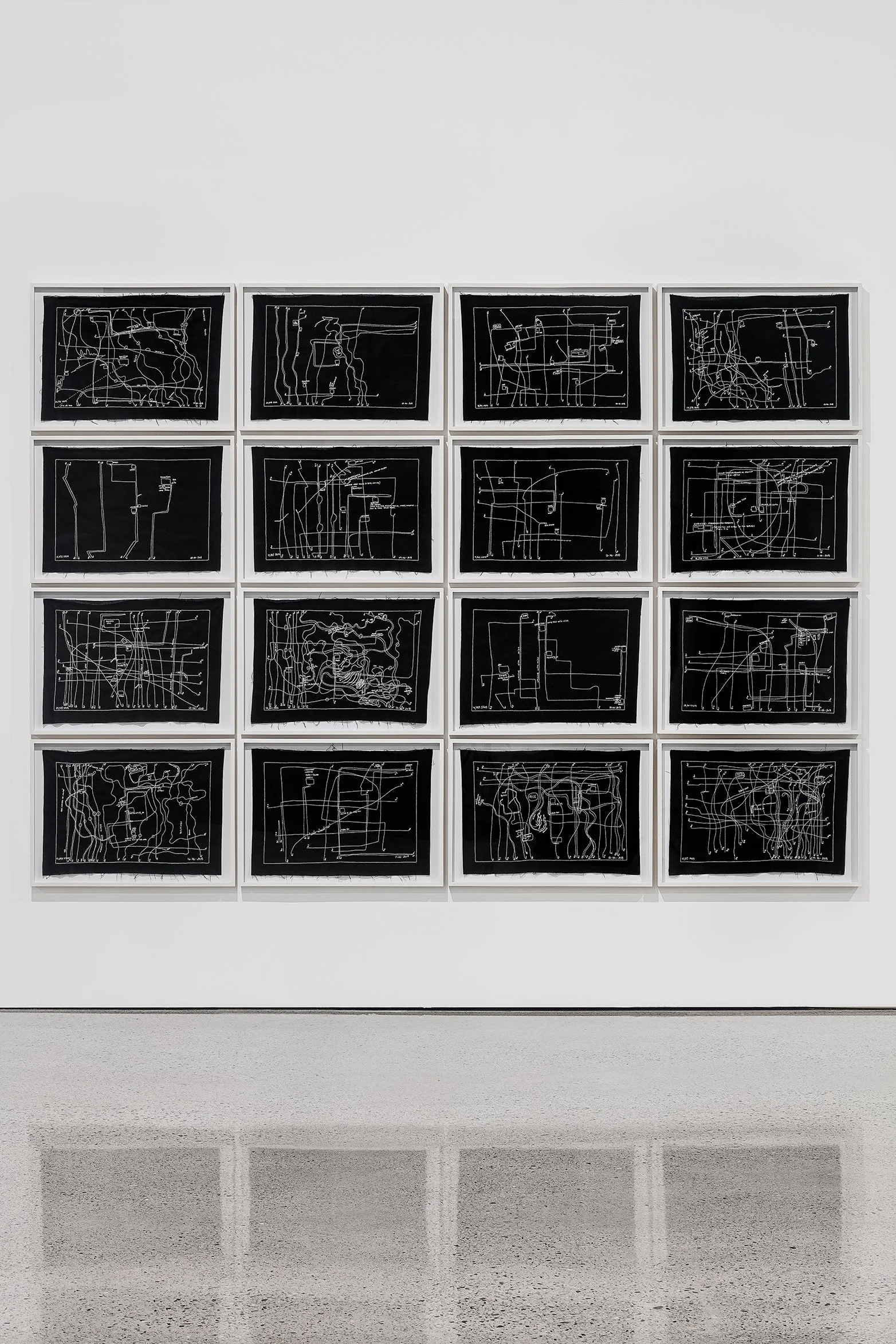
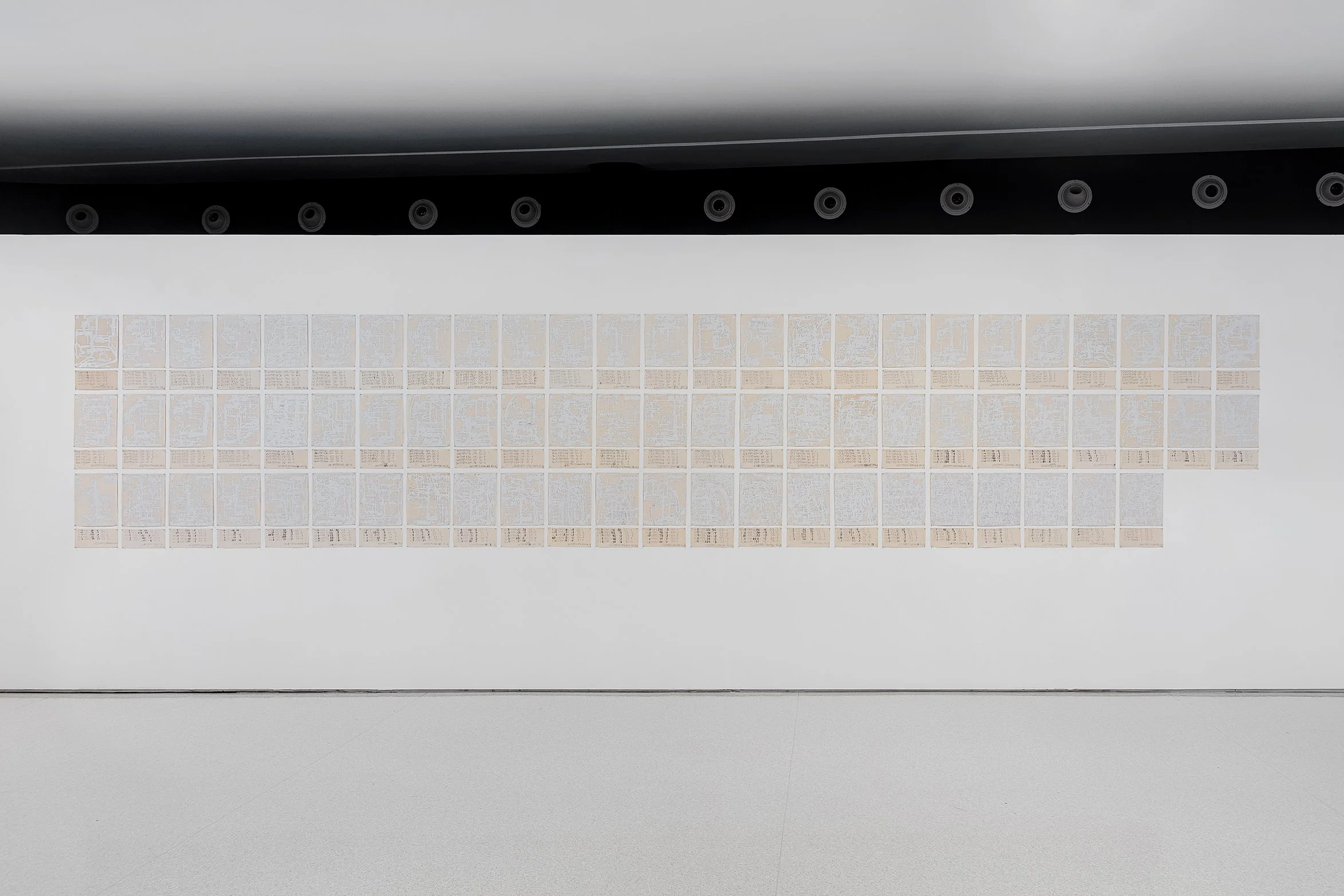
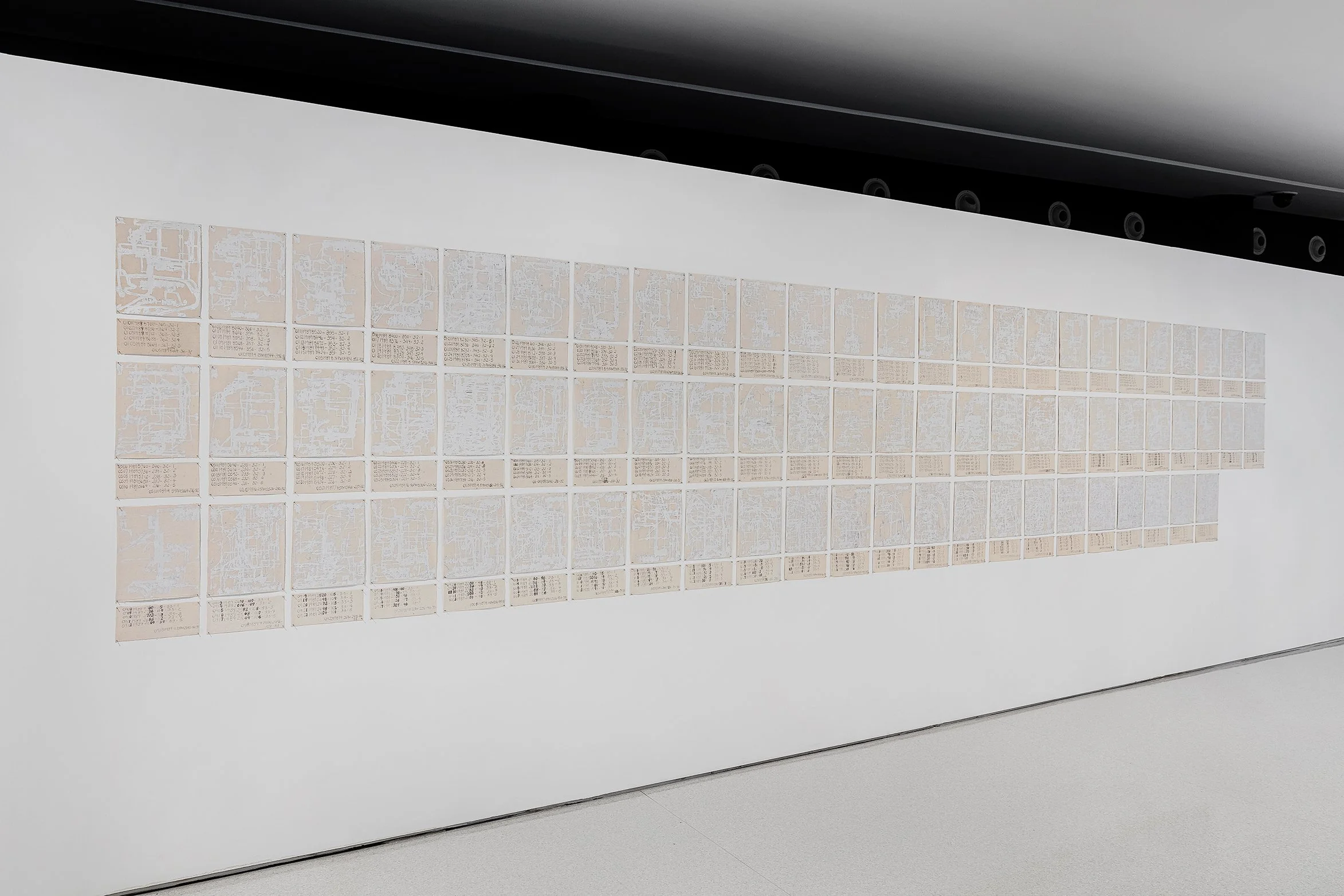
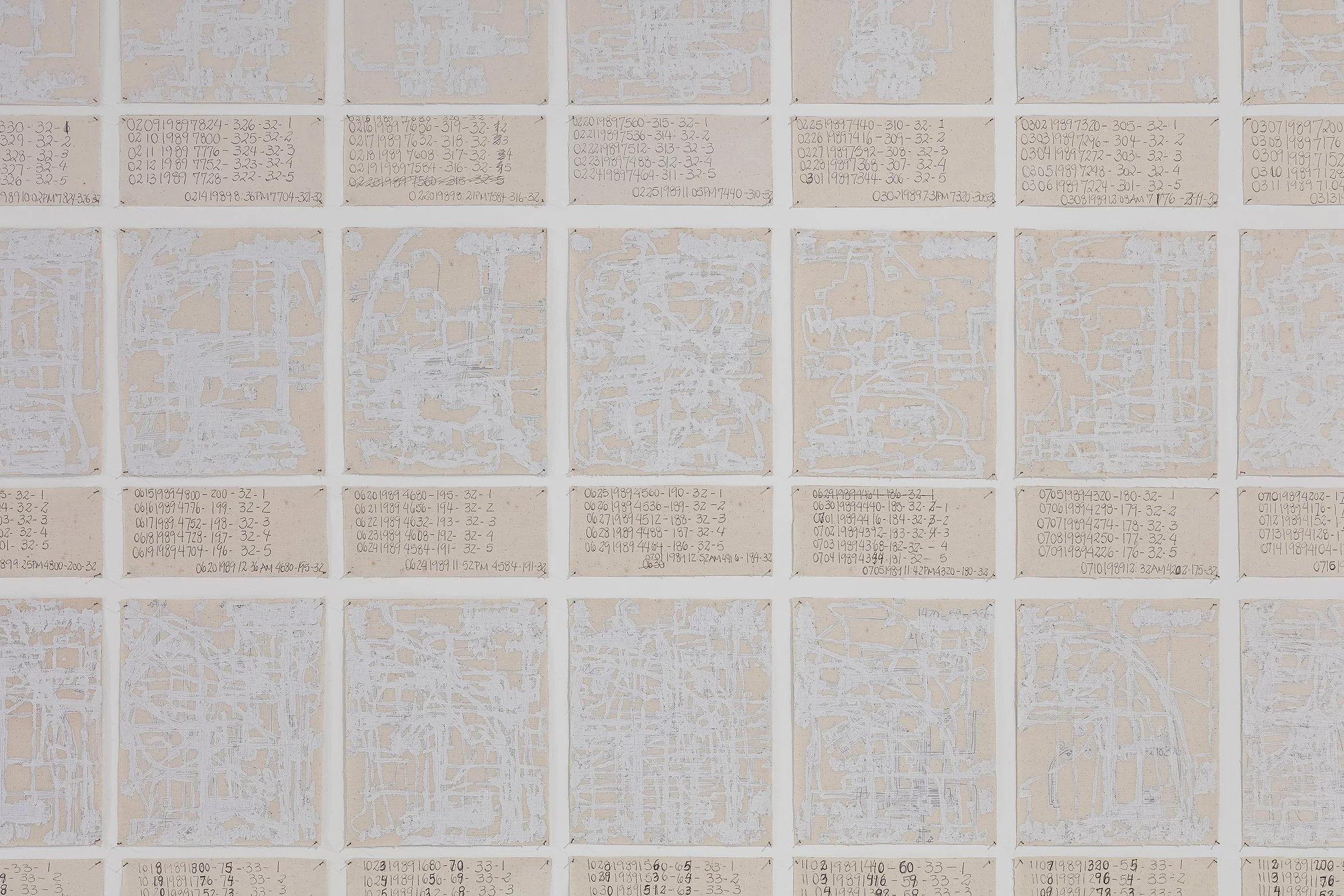
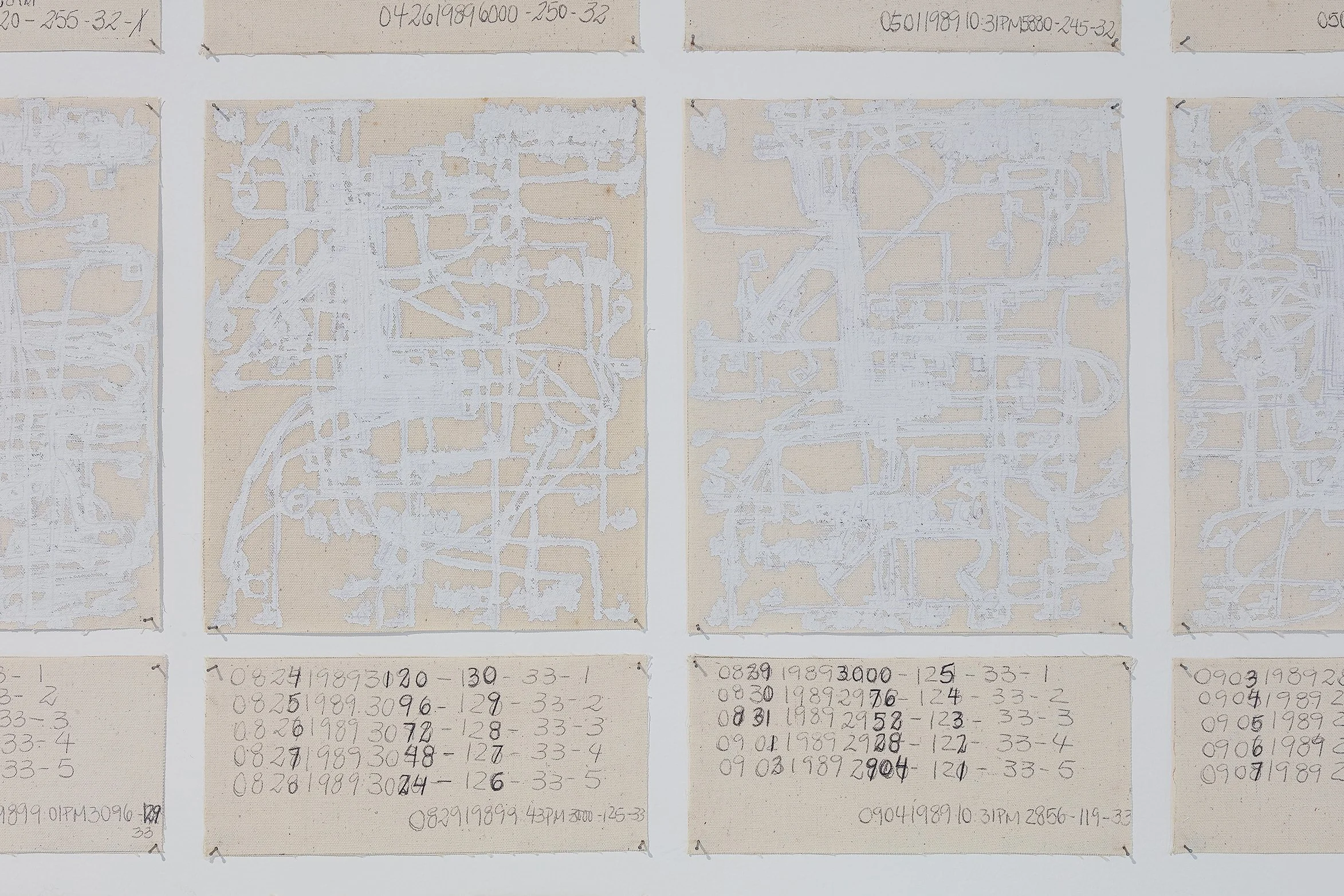
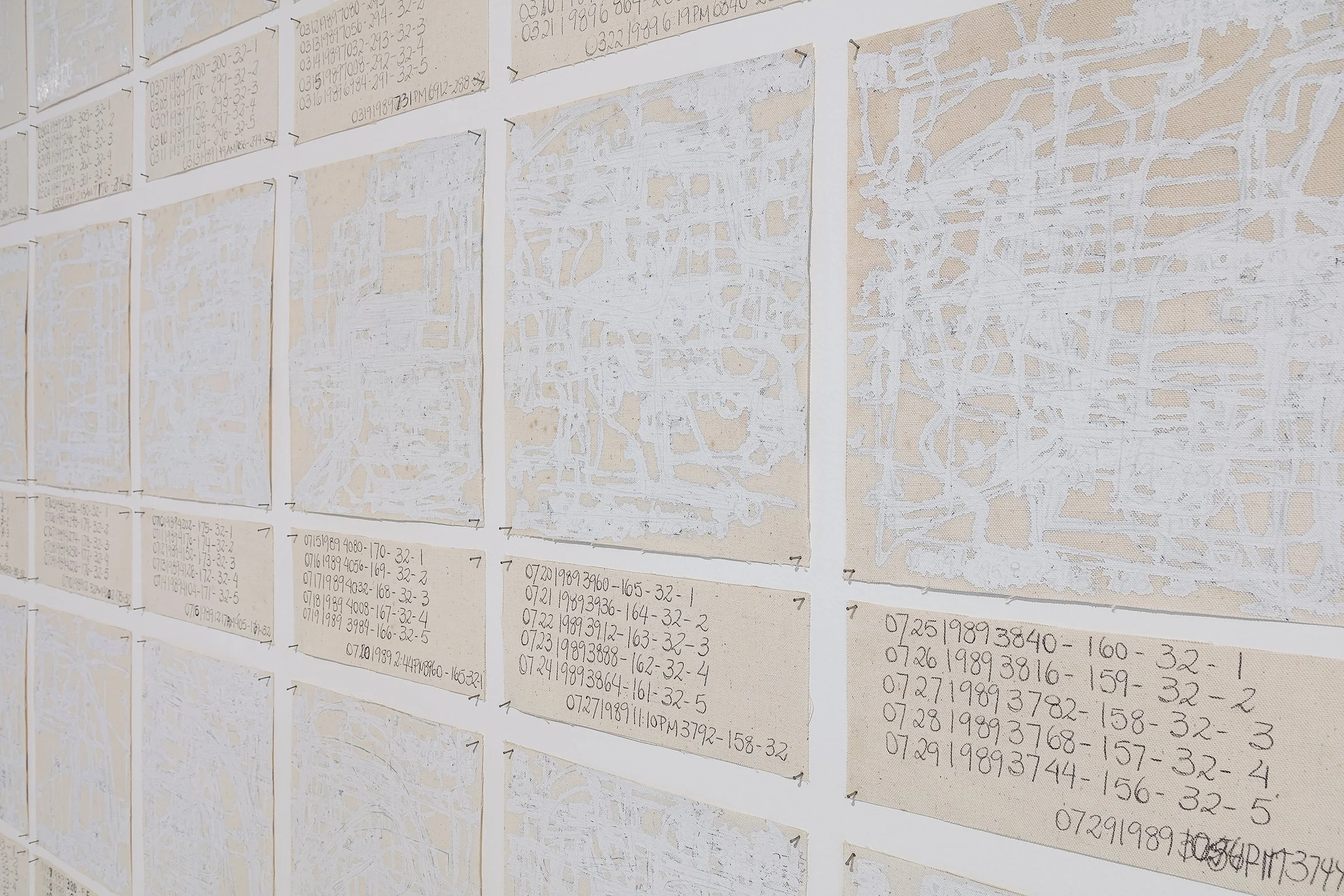
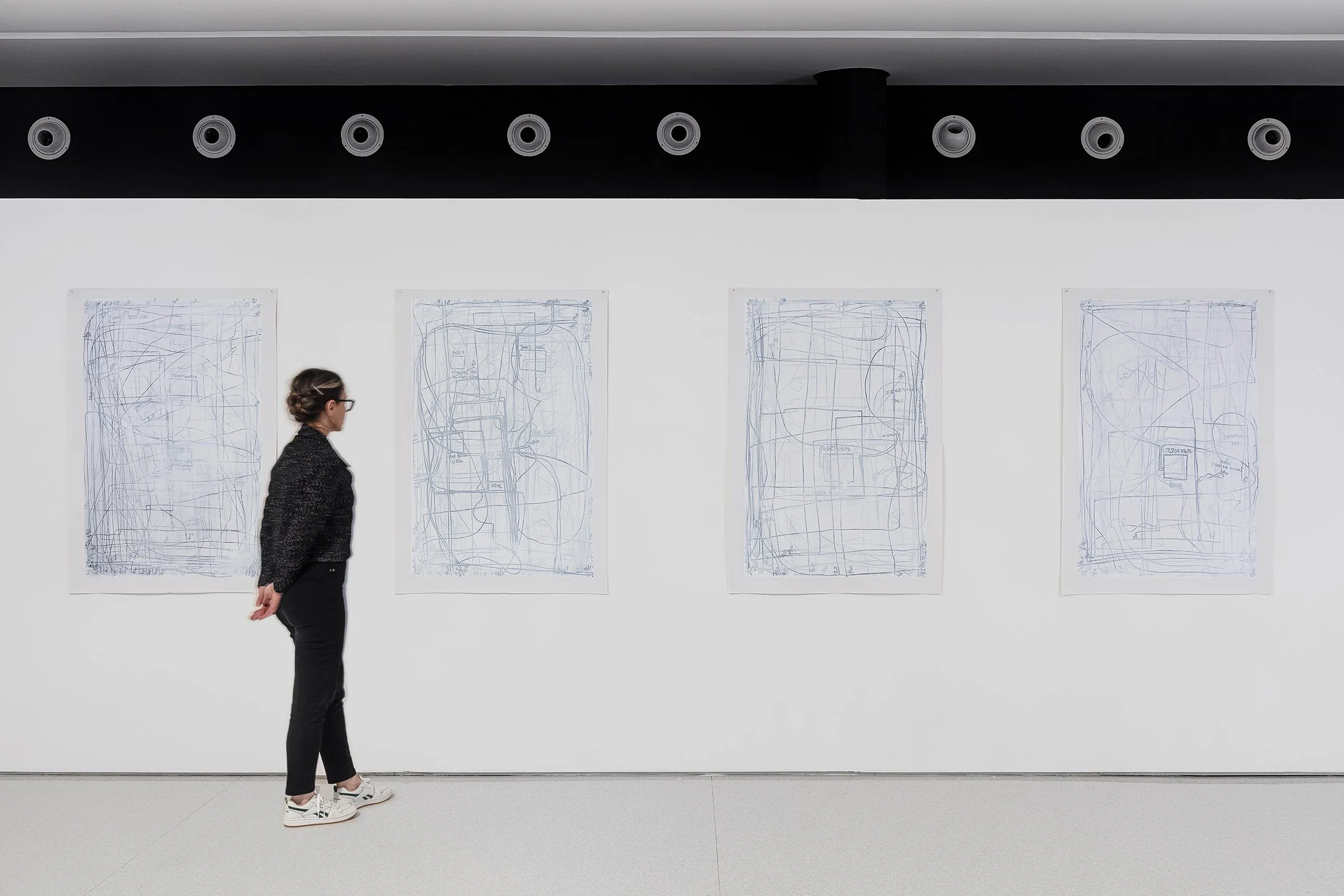
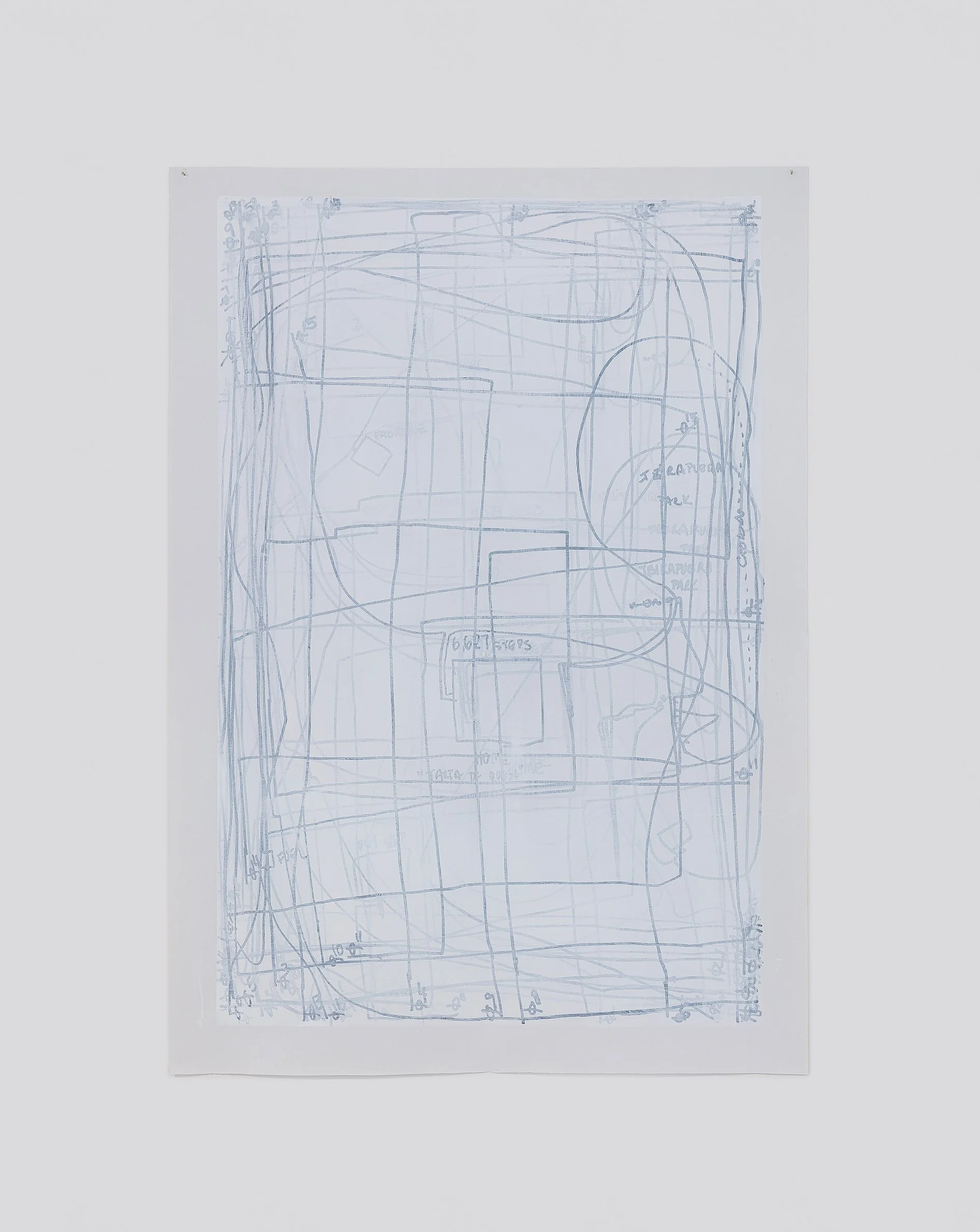
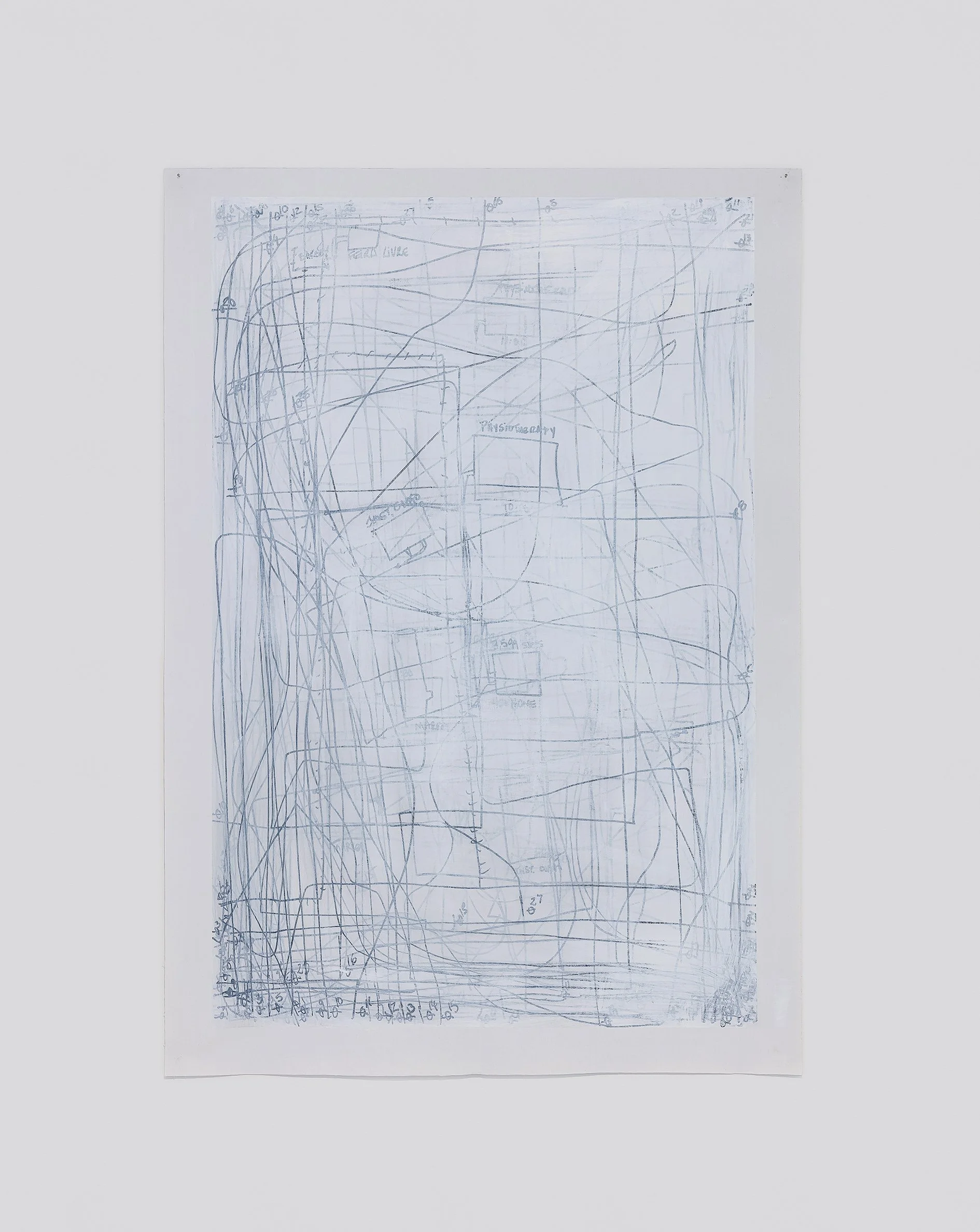
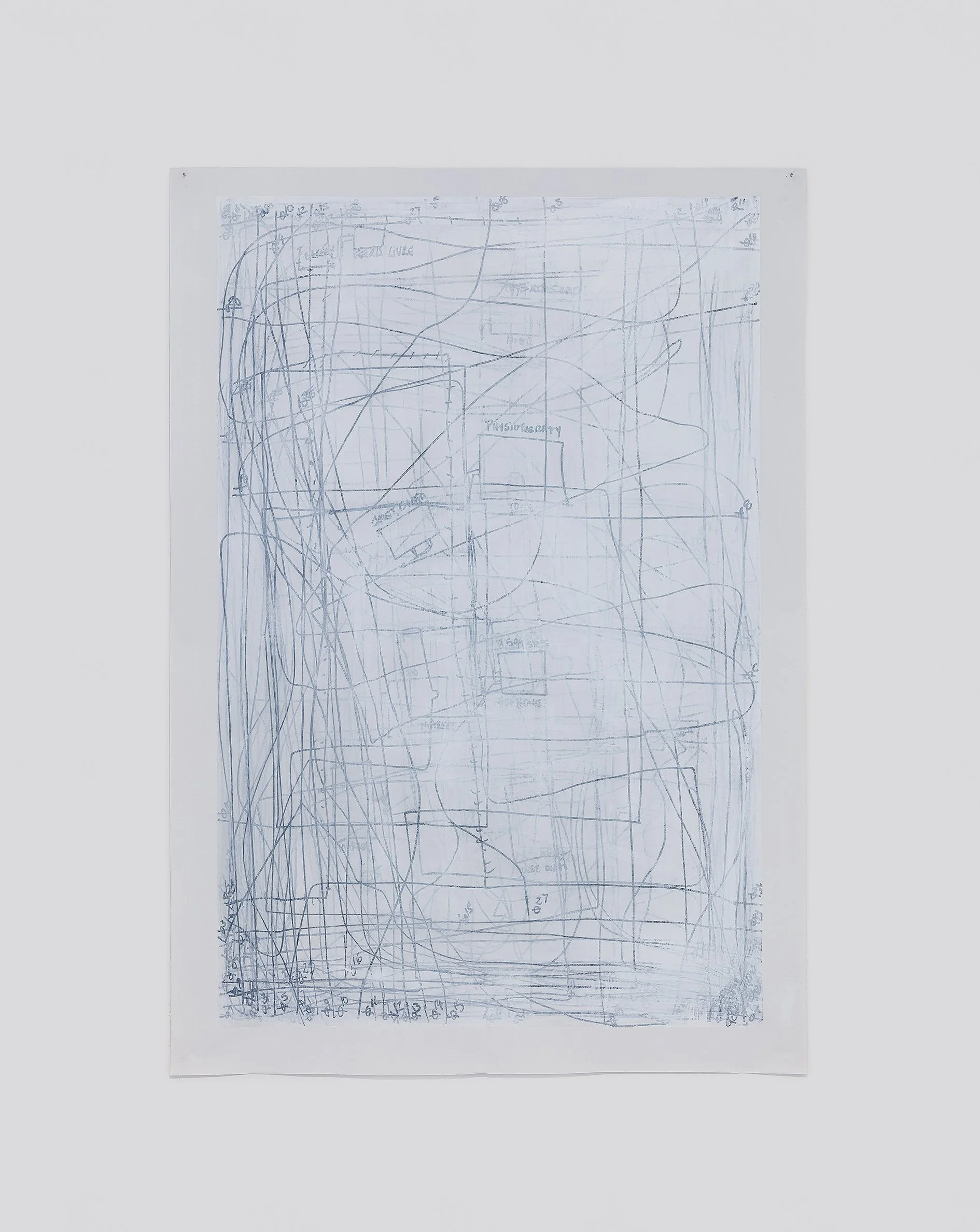
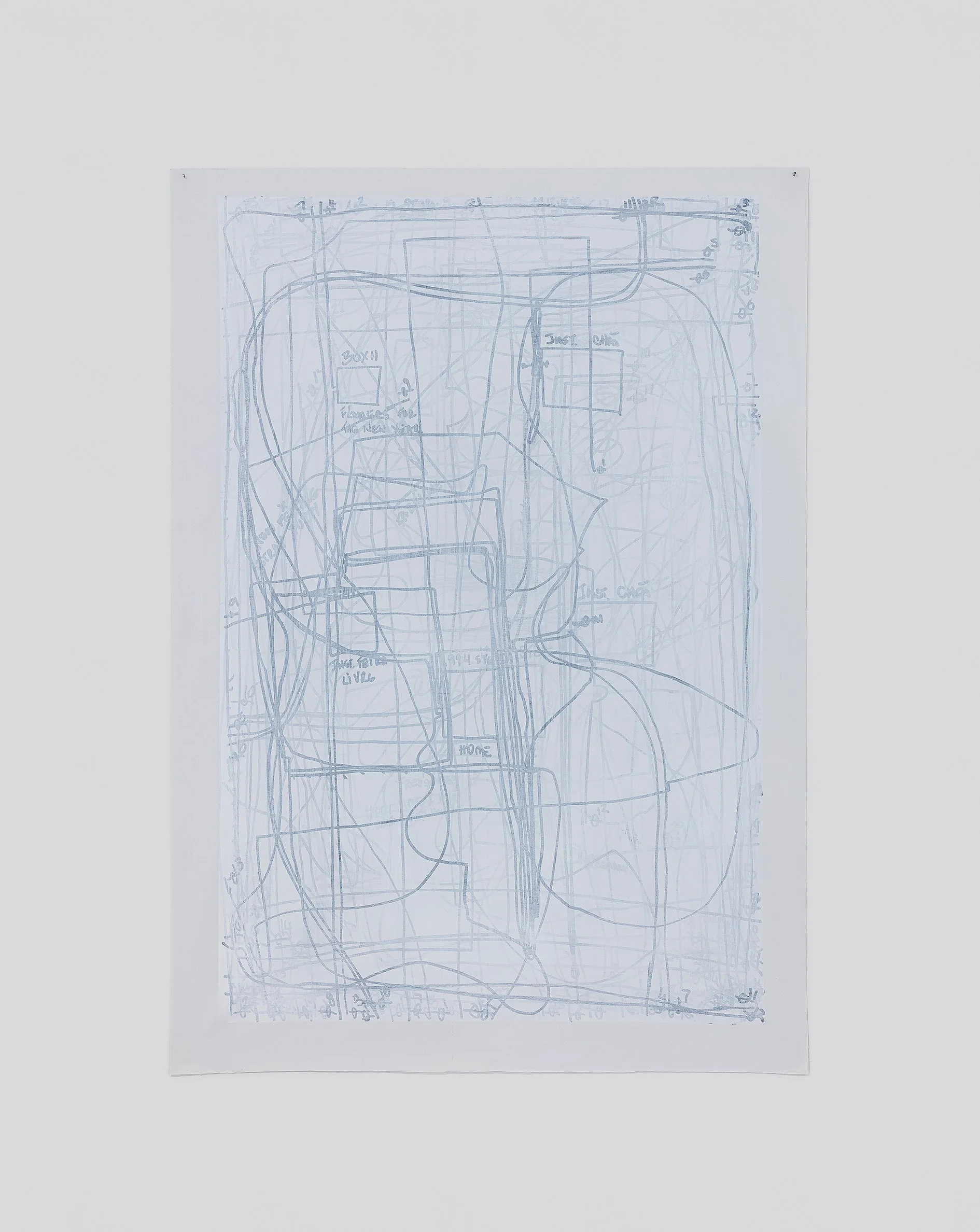
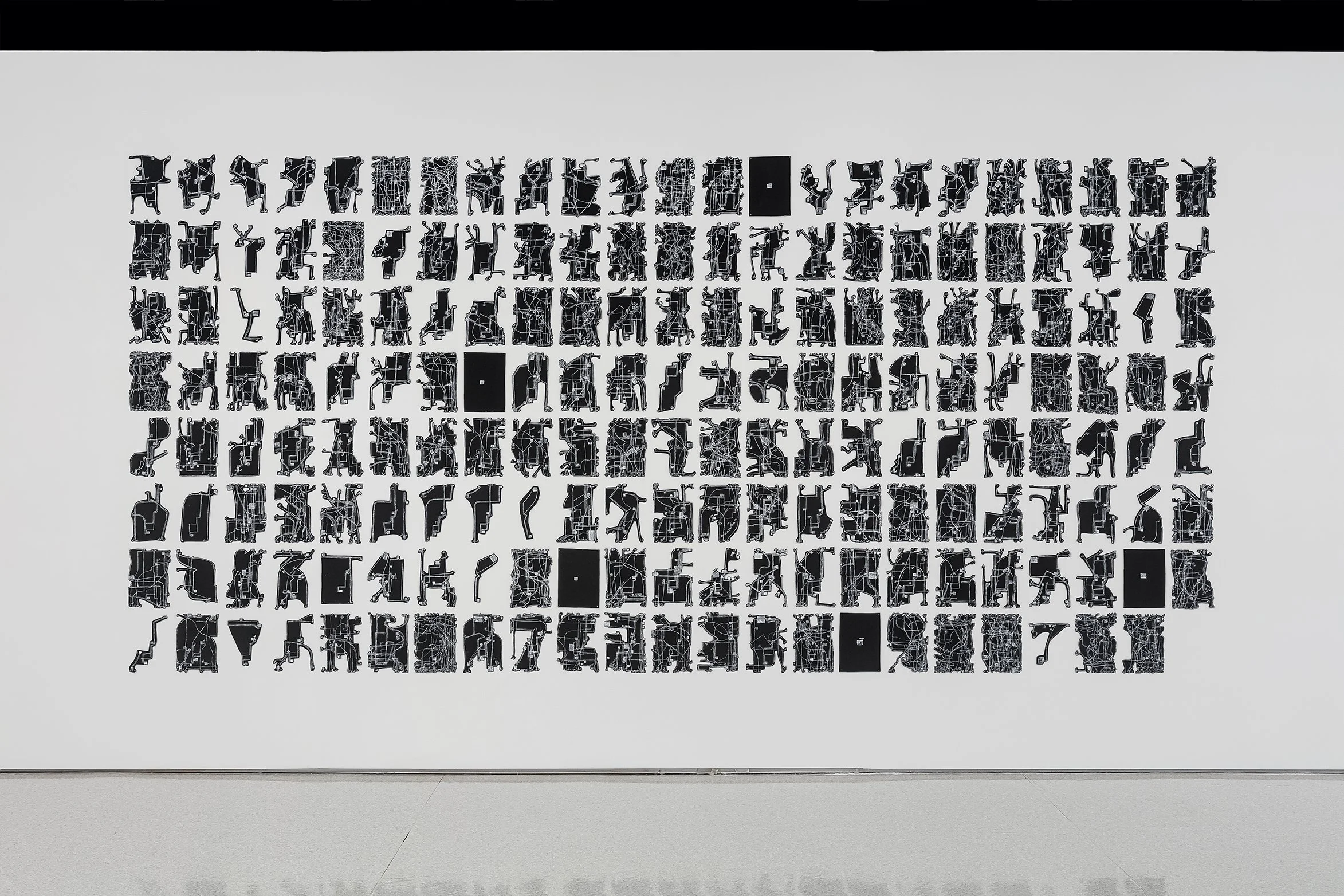
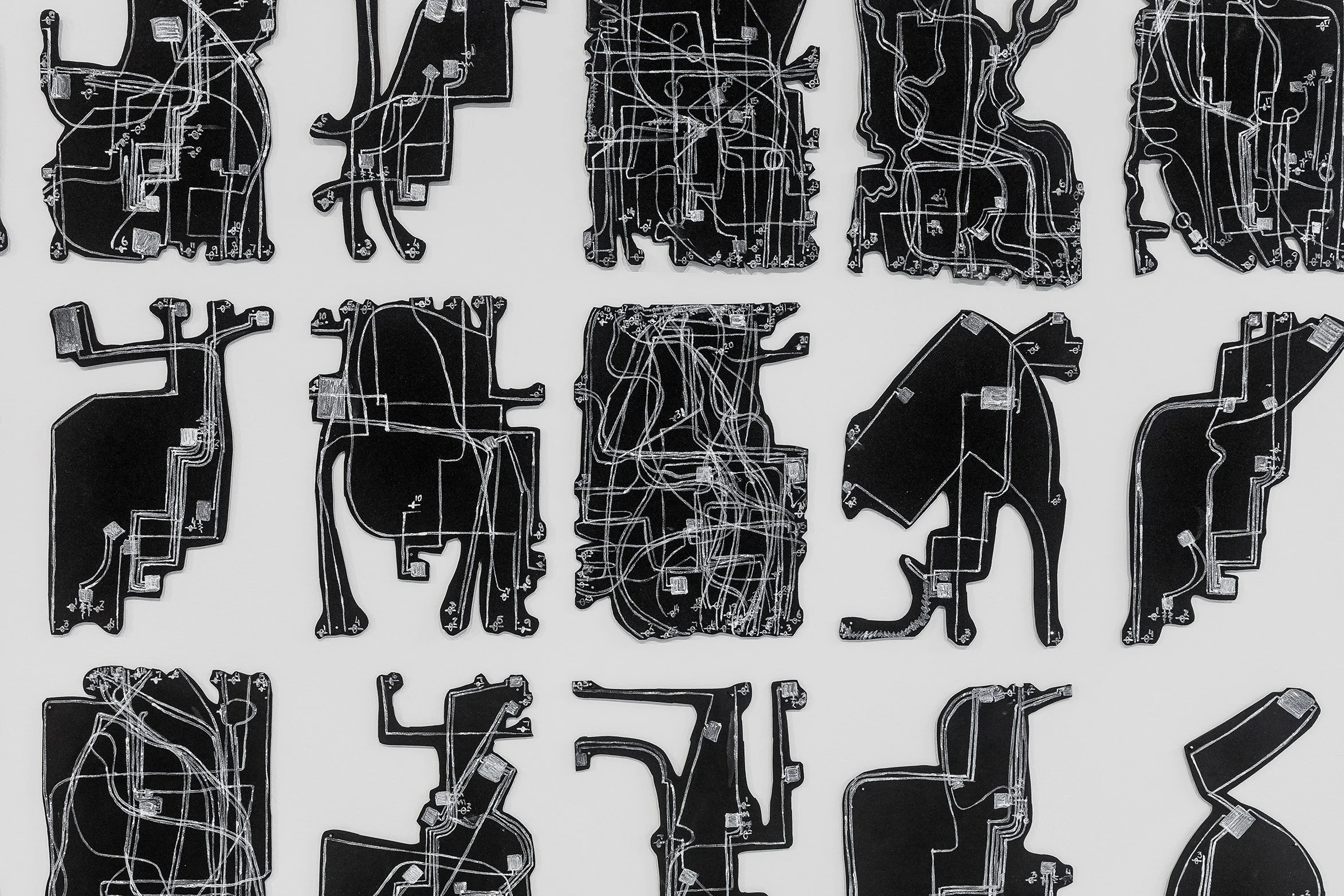
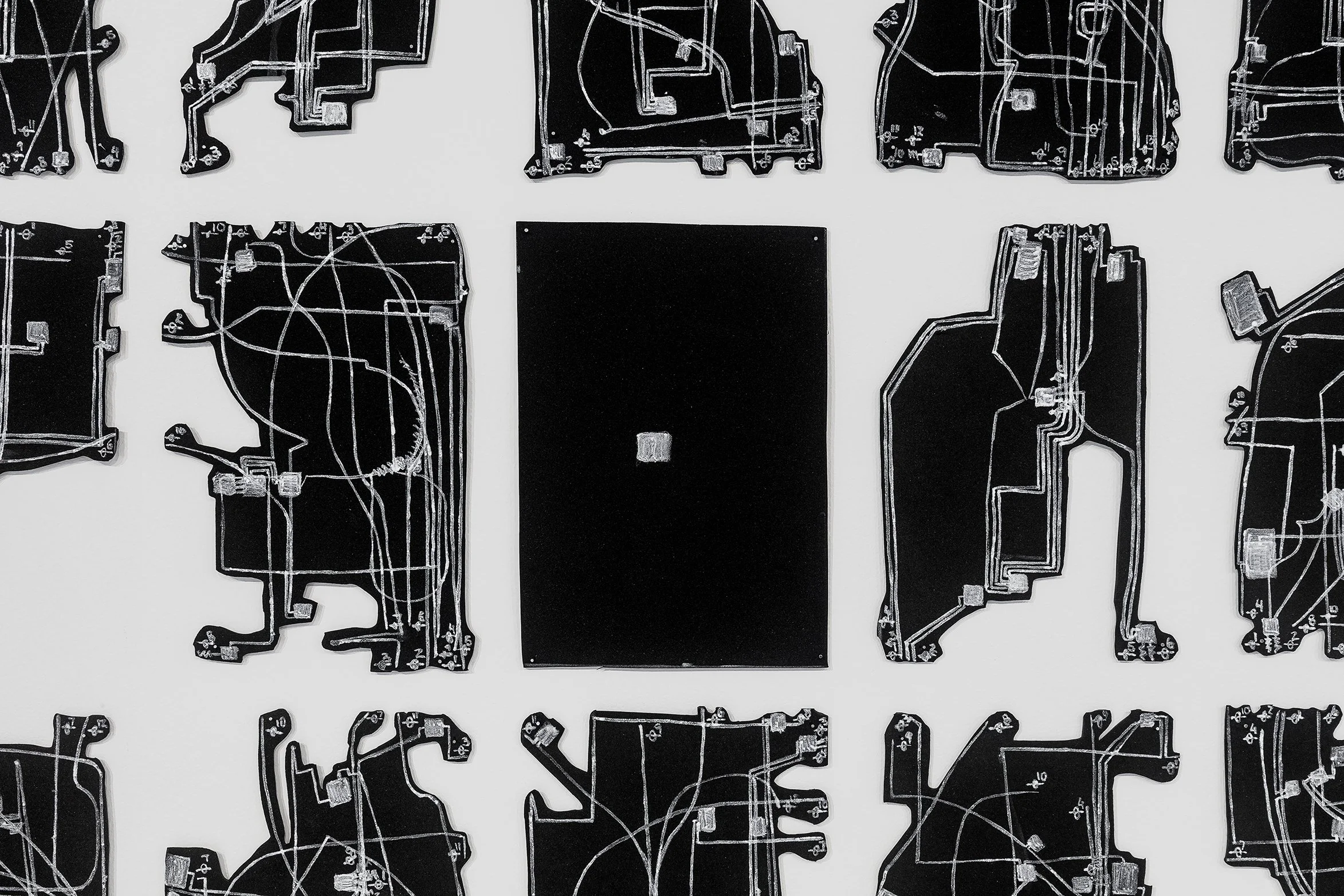
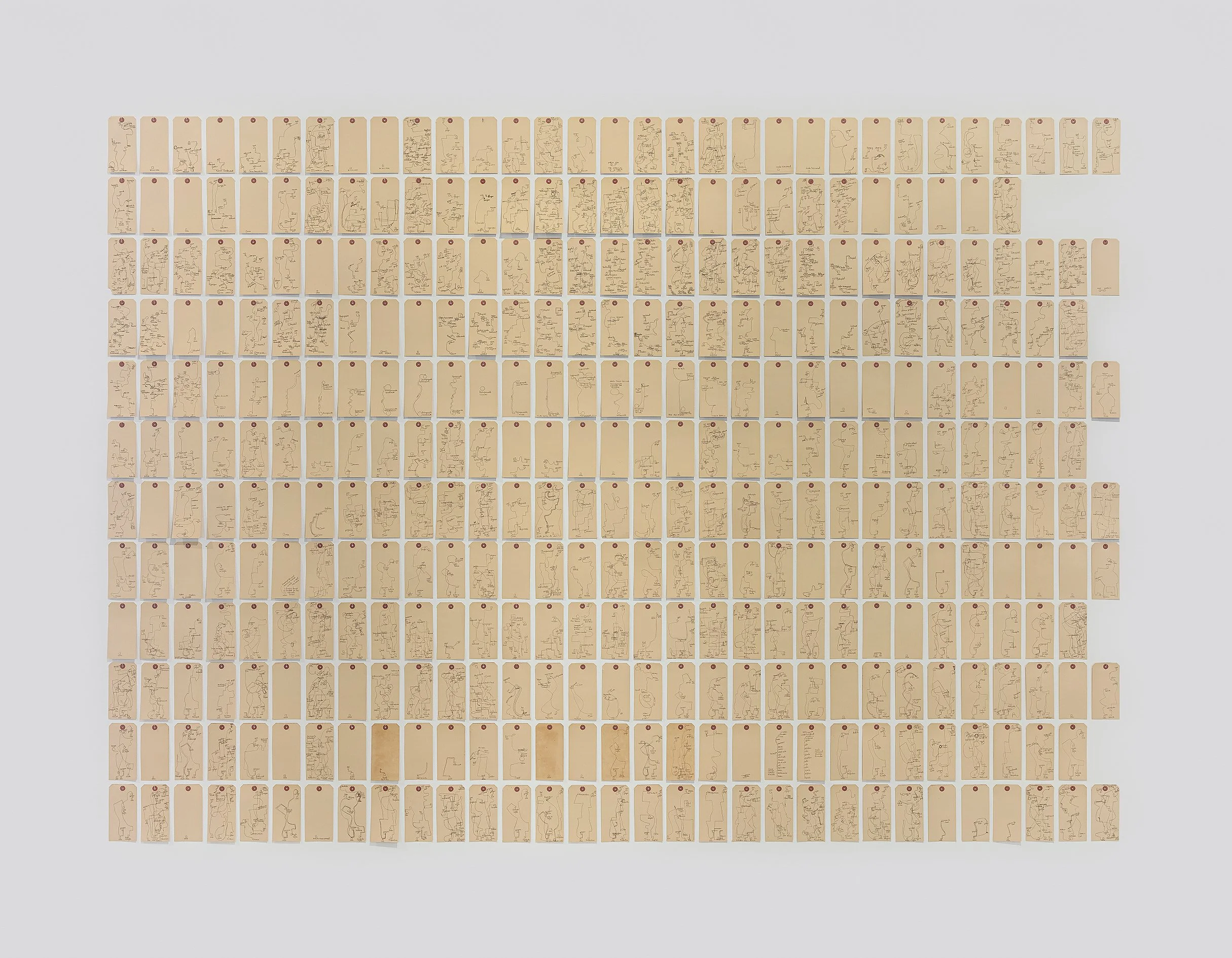
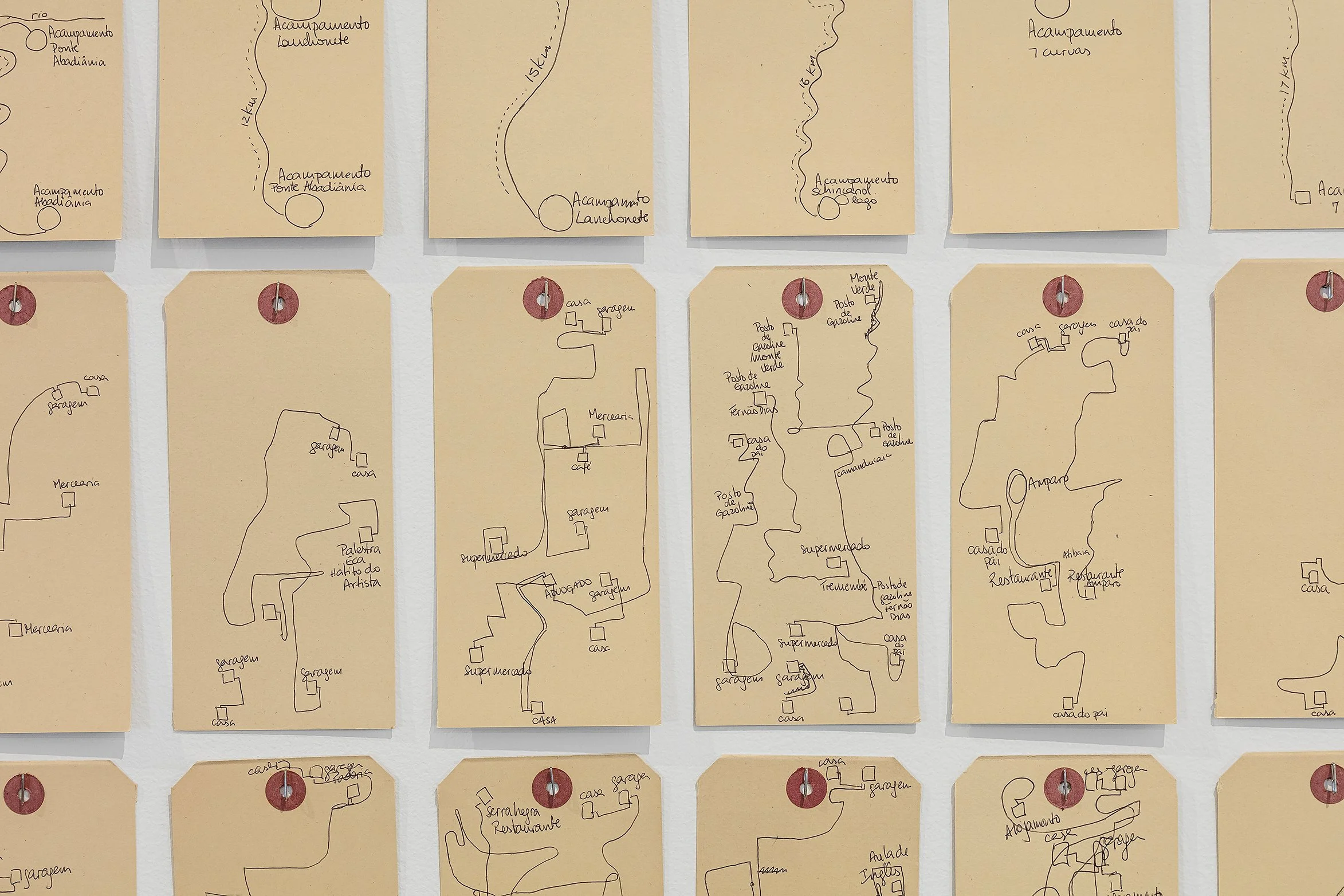
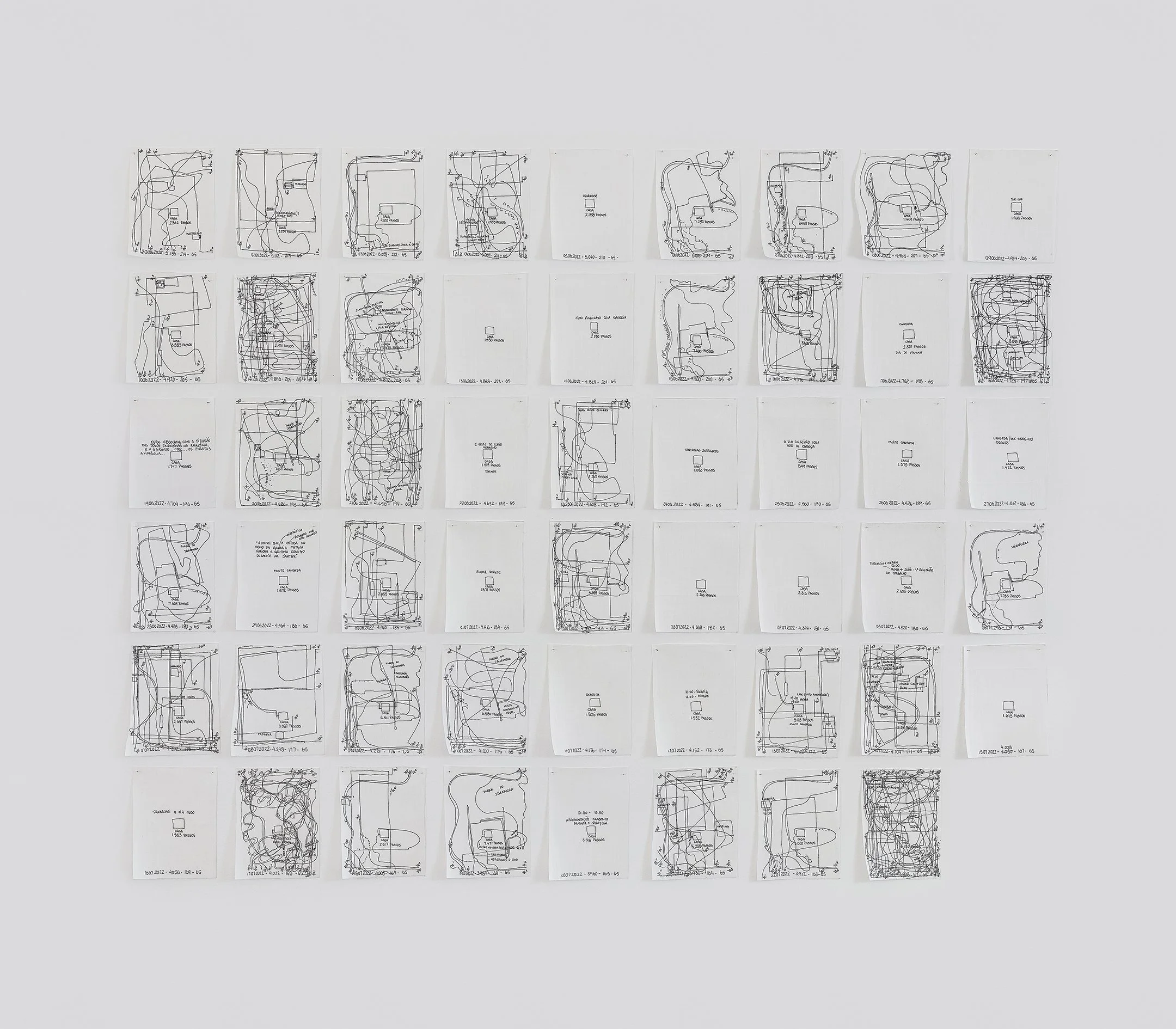
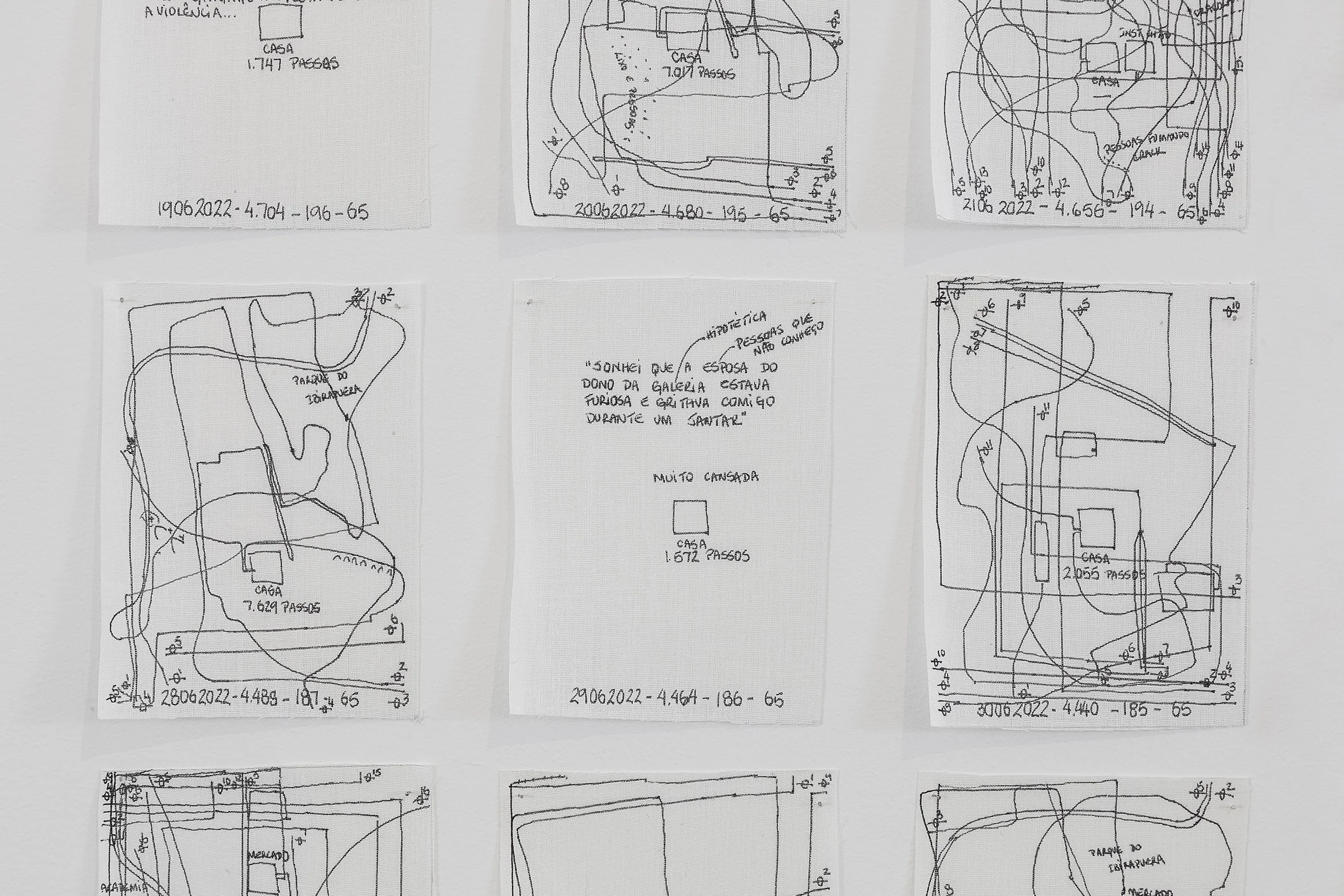
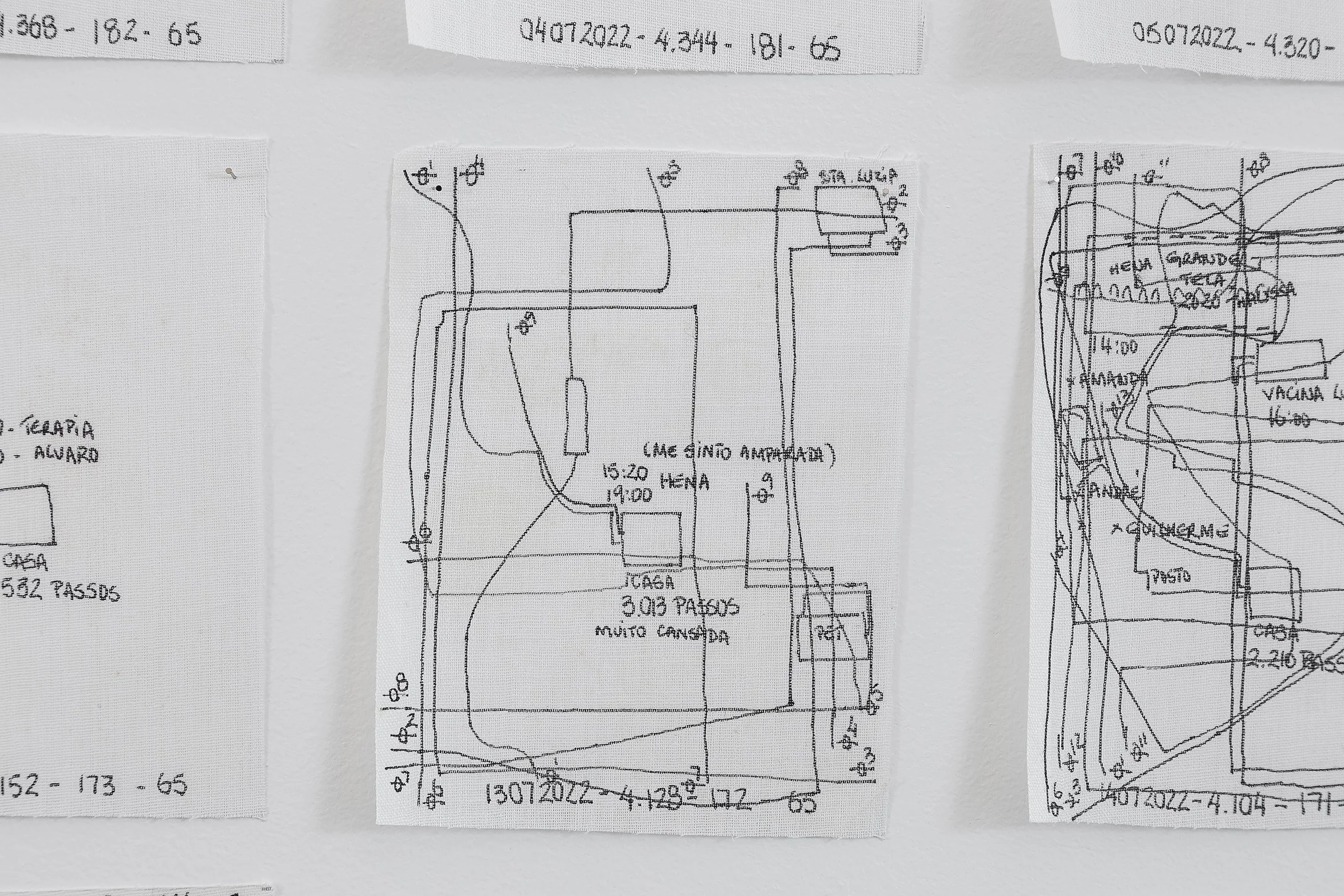
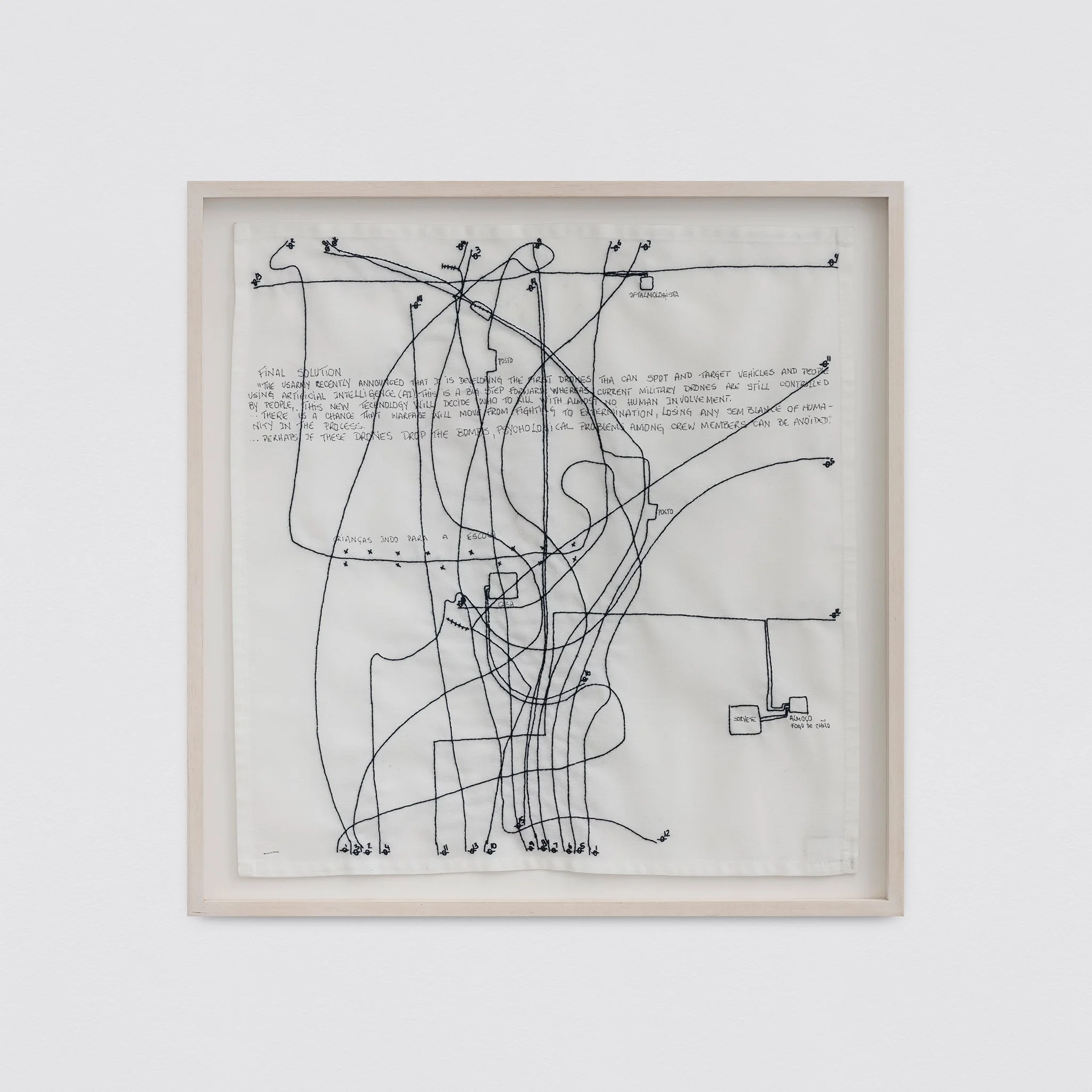
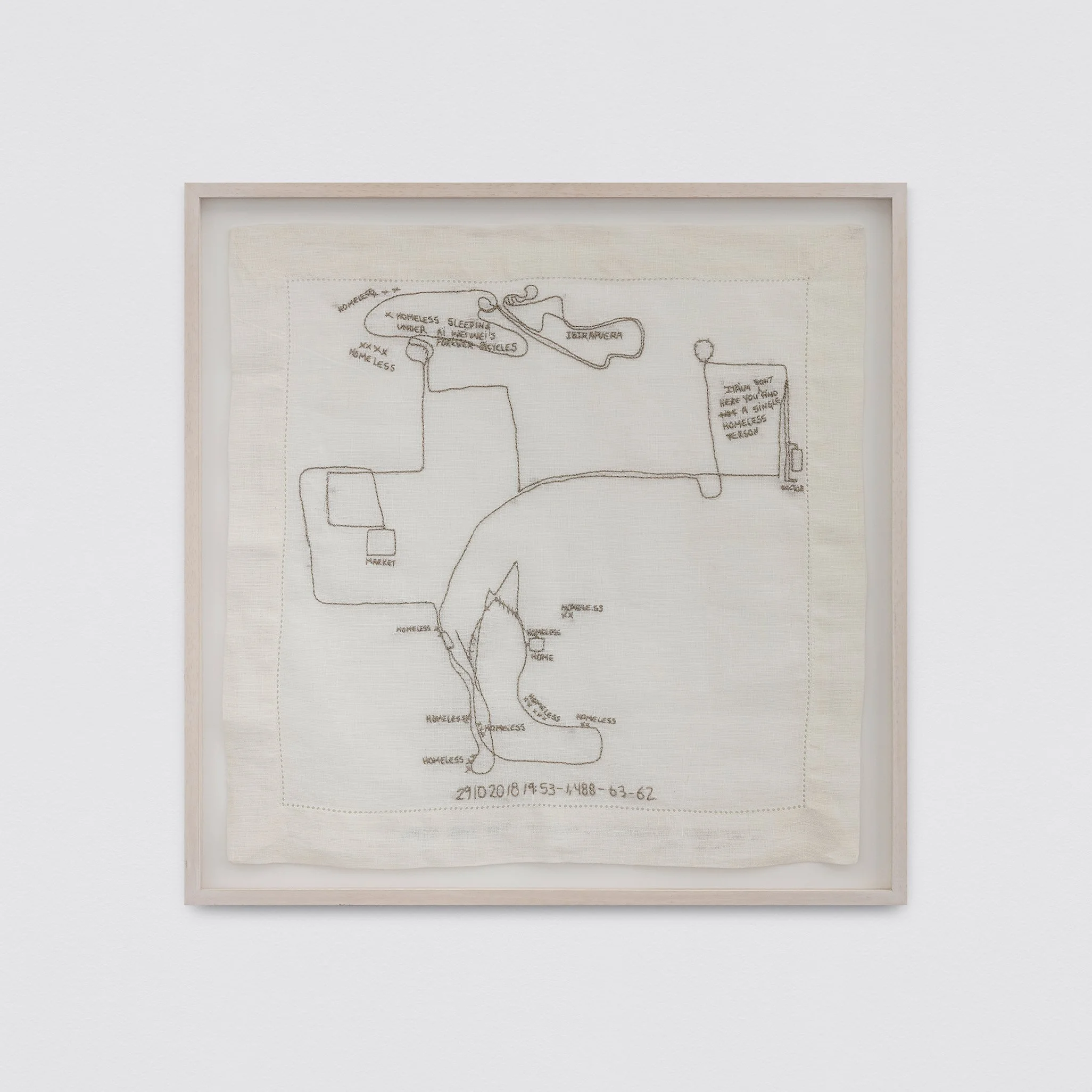
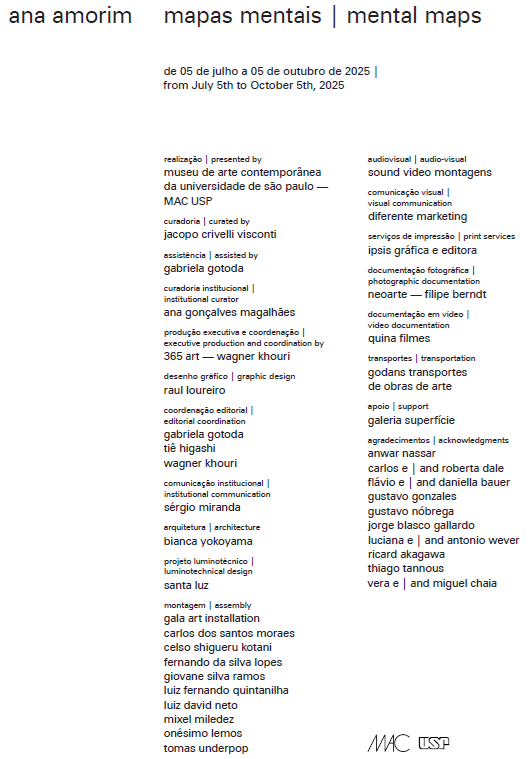

de 05 de julho a 05 de outubro de 2025 | from July 5th to October 5th, 2025
realização | presented by museu de arte contemporânea da universidade de são paulo — MAC USP
curadoria | curated by jacopo crivelli visconti
assistência | assisted by gabriela gotoda
curadoria institucional | institutional curator ana gonçalves magalhães
produção executiva e coordenação | executive production and coordination by 365 art — wagner khouri

With the exception of the museum's direct expenses, no public resources were used in the production, assembly, and maintenance of this exhibition. Everyone who worked on the exhibition was either compensated with works by the artist or paid with funds from the sale of her works. The decision to reveal this strategy does not have to do (only) with the desire to question the mechanisms of cultural funding in the country, but with the fact that, for almost forty years, Ana Amorim's artistic practice and the (in)visibility of her production have been inseparable from her ethical and political stance. Until a few years ago, firmly believing that a work of art does not belong to anyone, cannot be appropriated, and should not be phagocytized by the capitalist system, she refused to exhibit in commercial venues, to sell her works, and to take part in exhibitions sponsored by private companies. If her work is still relatively little known, even among professionals in the field, it is because over the decades she chose, time and time again, to follow only the paths that seemed right to her, even though she knew that this would limit the scope that the work could have, or even completely exclude the possibility of its circulation.
In the artist's conception and universe, her production and herself are inseparable. Her life is art. Her art is not a representation of life, it is life itself. If she is alive, she is producing something. She calls this something art, but it is also, or mainly, a trace of her passage through the world, and of the passage of time over her. The time that passes for the artist is the same time that passes for each one of us. Her work is deeply personal, depicting in simple maps her movements throughout a day, every day of her life. But these movements, and the seconds that she has also been silently counting for decades, are the same movements that we make, the same identical seconds that we live. There is no difference, there are no hierarchies, the artist's time is no more or less important than the time of each one of us. Ana Amorim's work is deeply democratic, collective, and inclusive, even when the subject seems to be just a square representing the house she did not leave that day. She spent the day embroidering, or perhaps organizing her notebooks, each page with its map and its date. She may have also cooked something, done some laundry, or read the newspapers to be stunned, once again, by the absurdities of the world. A day like so many others.
Her entire body of work is a portrait of that day.
Jacopo Crivelli Visconti
Curator
p.s.
In Ana Amorim's universe, there are more words in English than in Portuguese. This does not represent a passive acceptance of English as the official language of power, money, and decision-making, and even less an attempt to leverage a hypothetical international career by using words in English. She has, in fact, no interest in that. She has simply lived outside of Brazil longer than she has lived here.